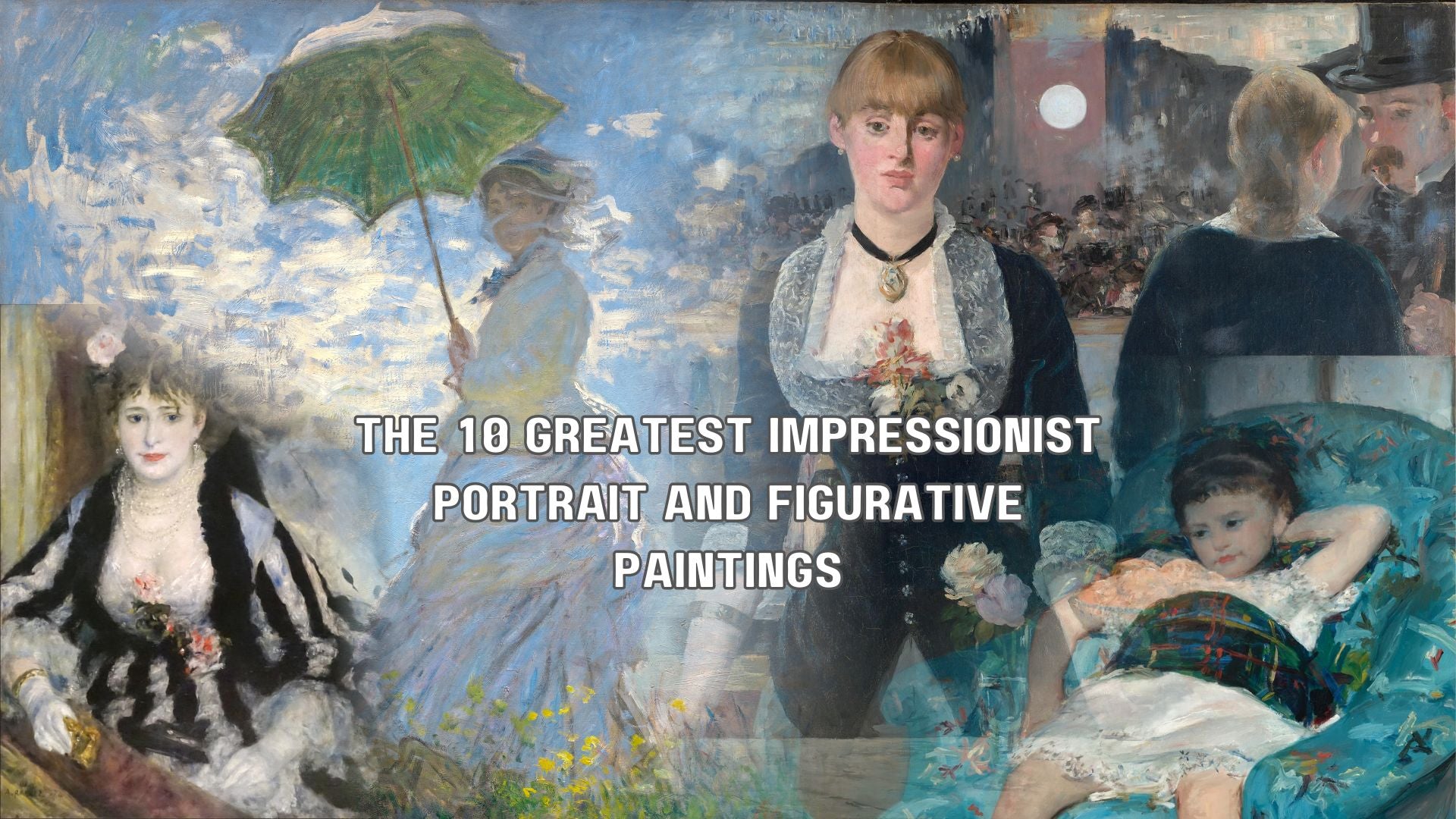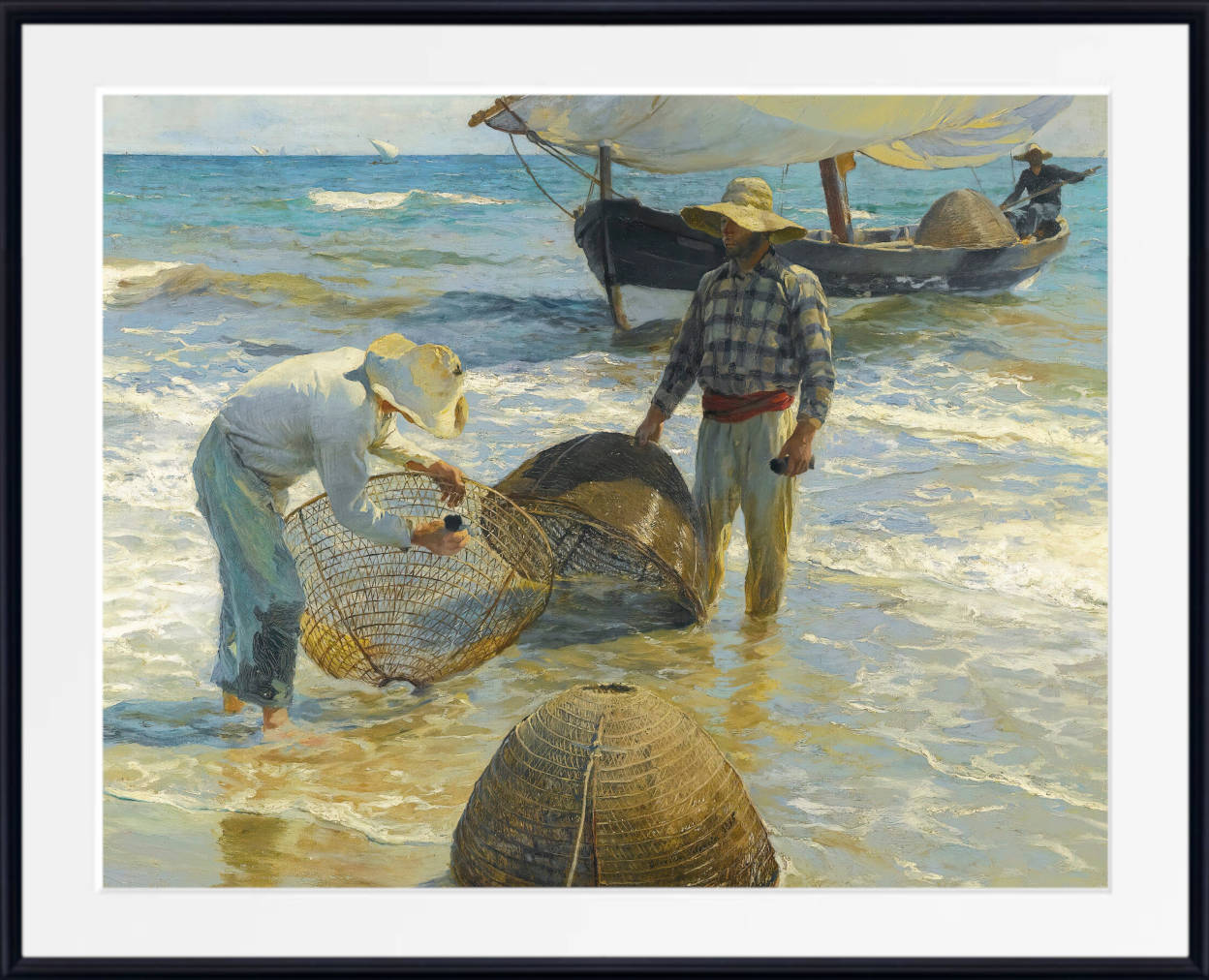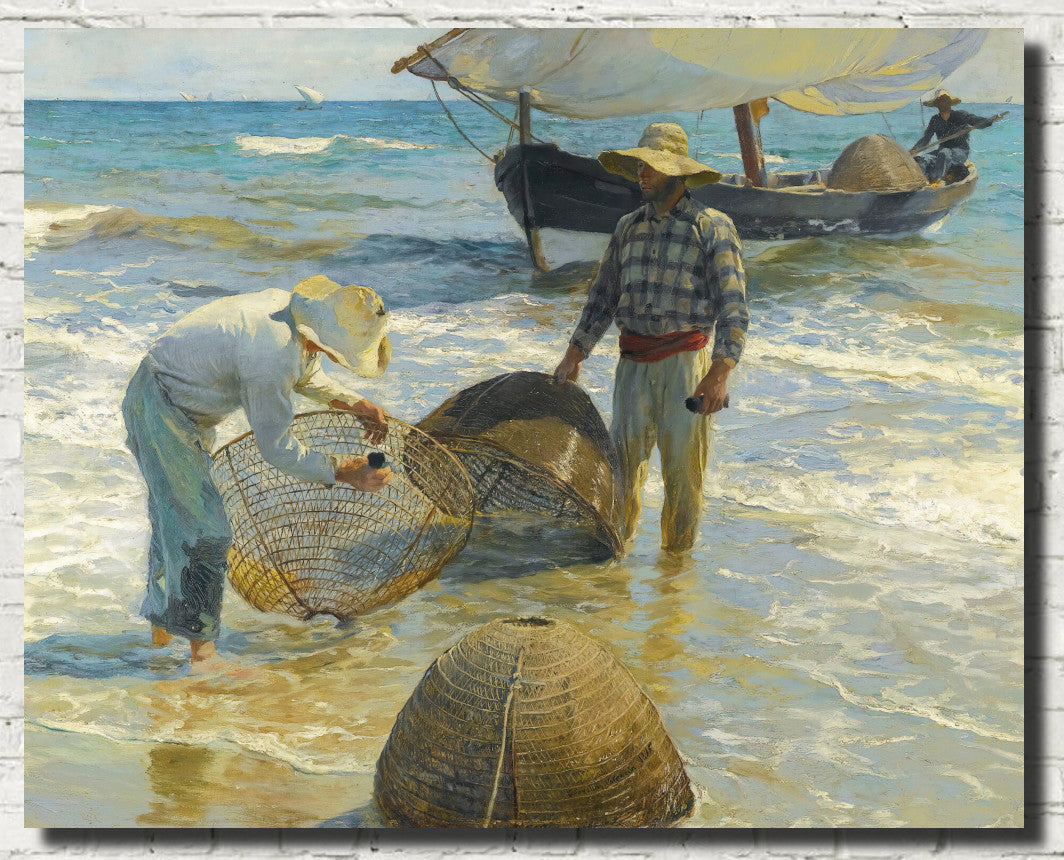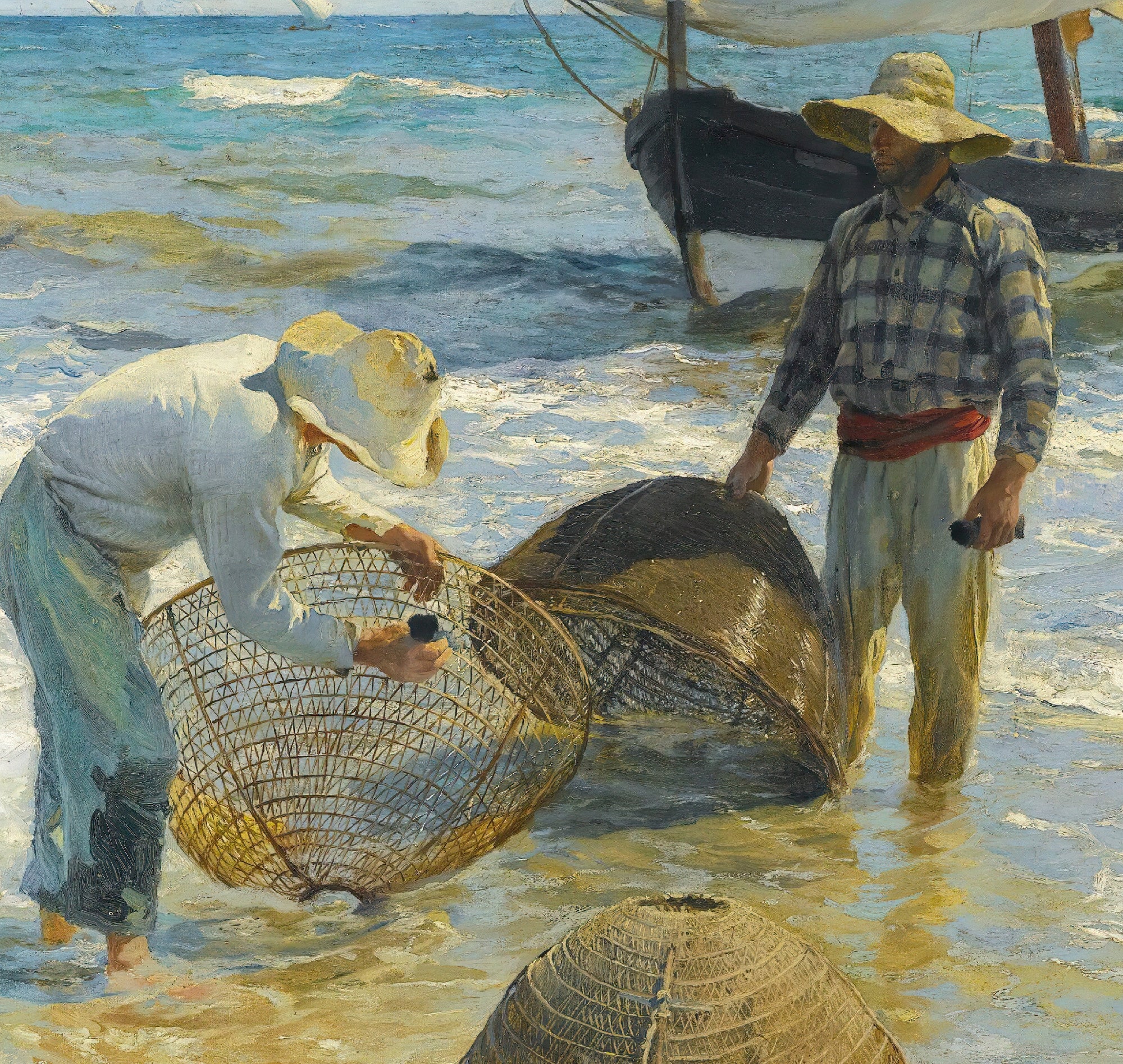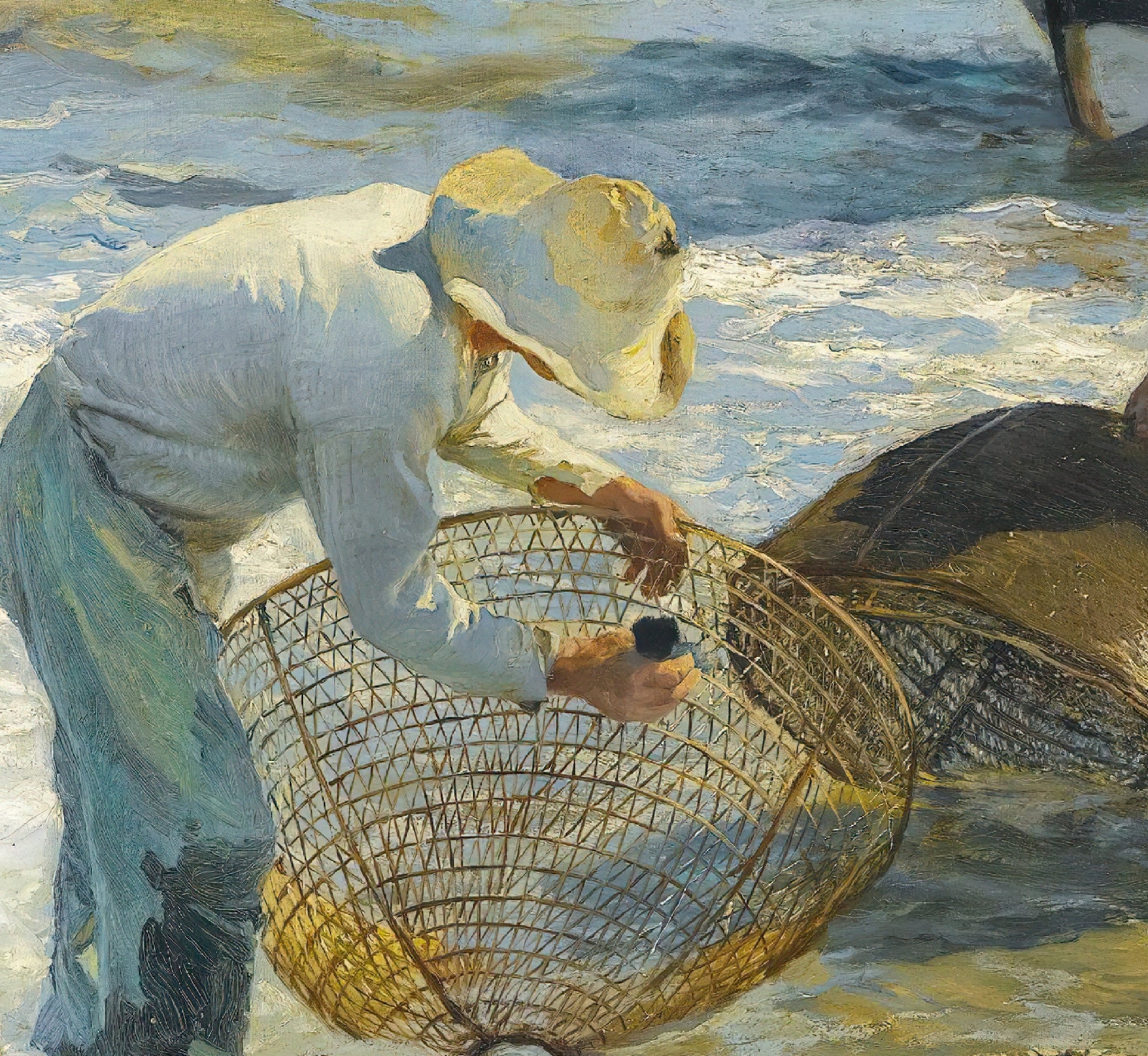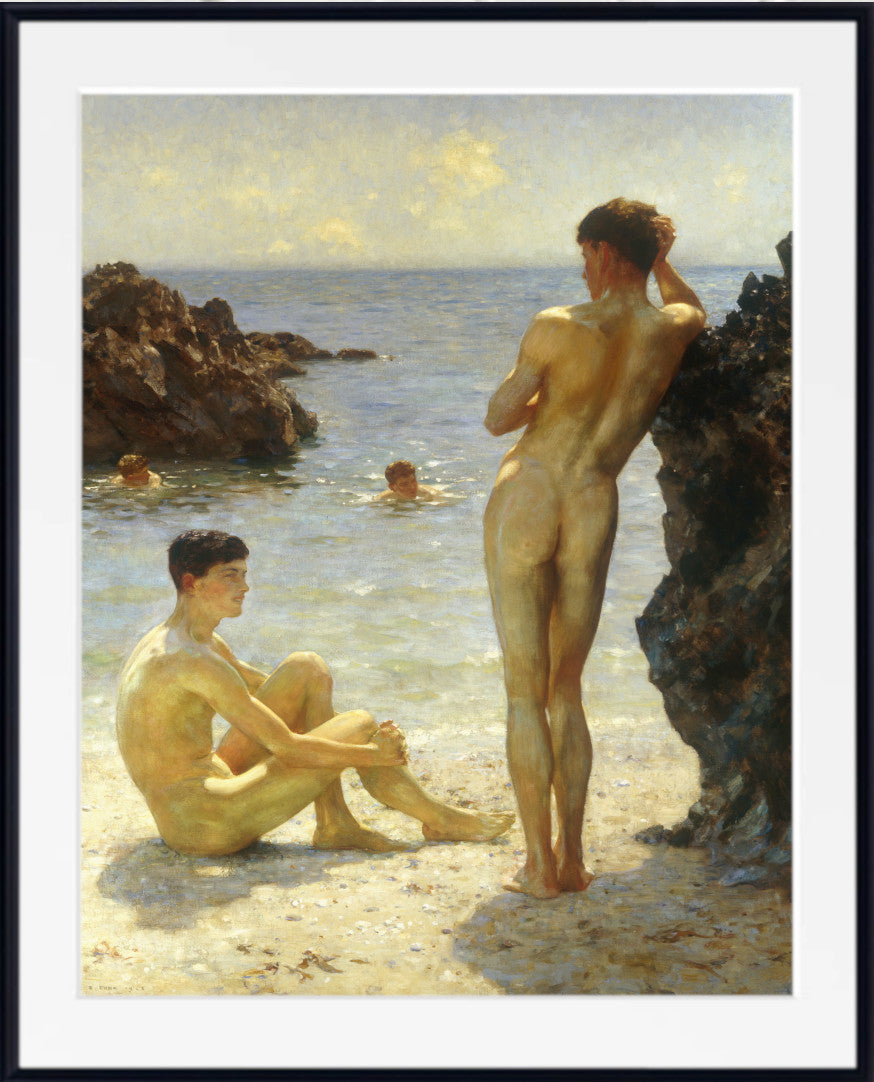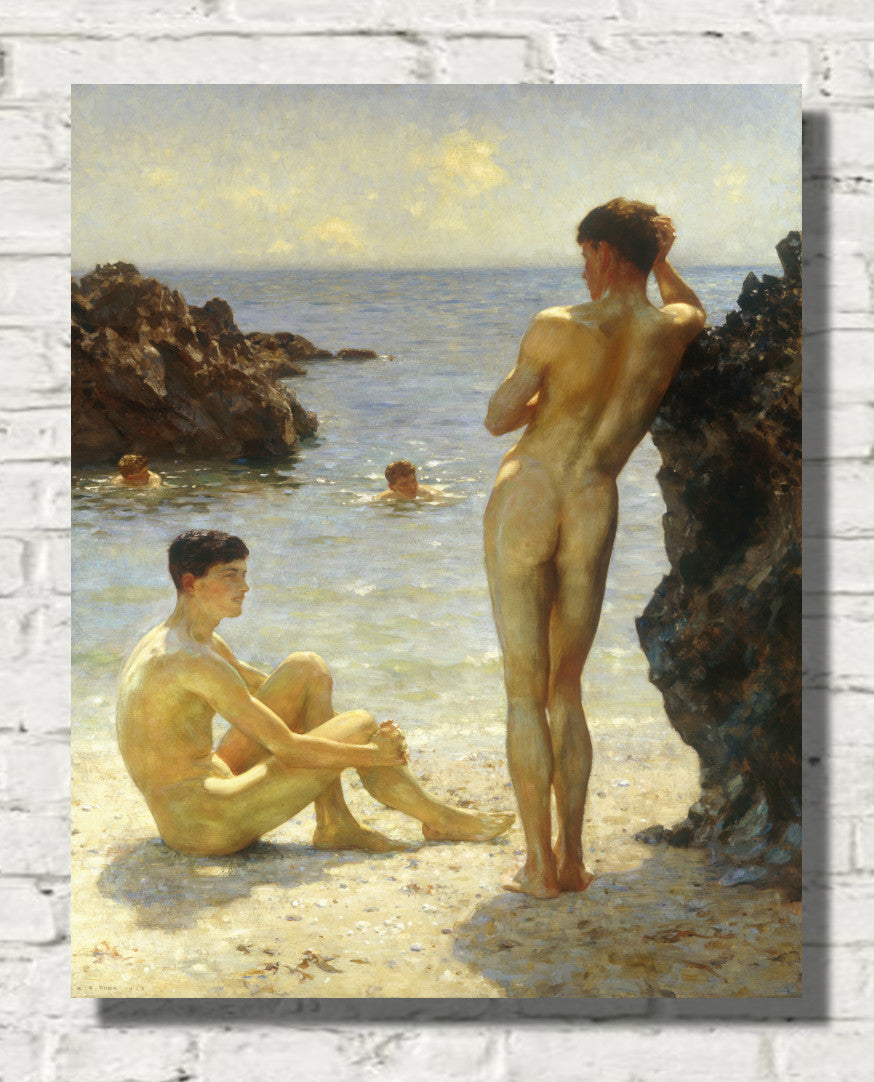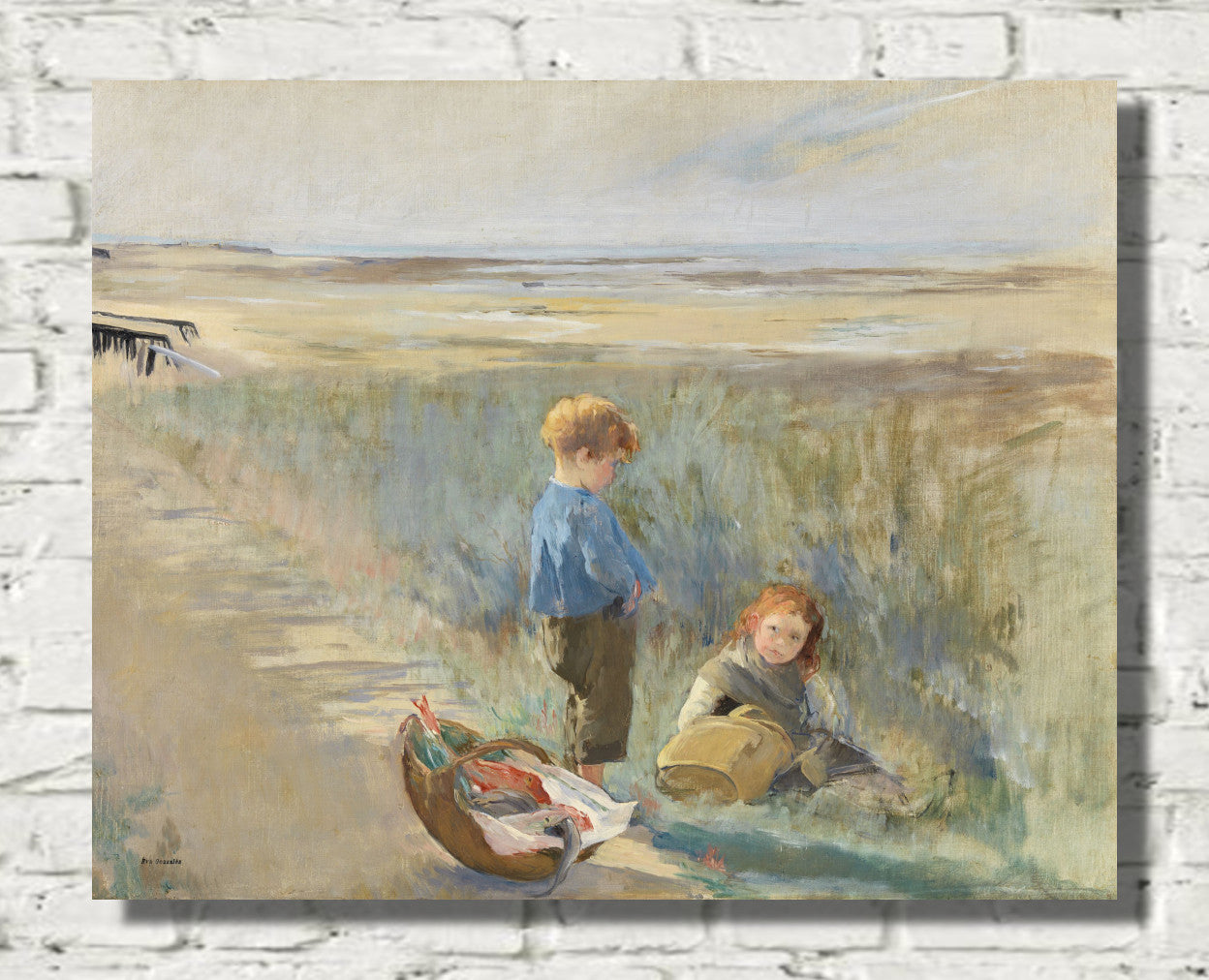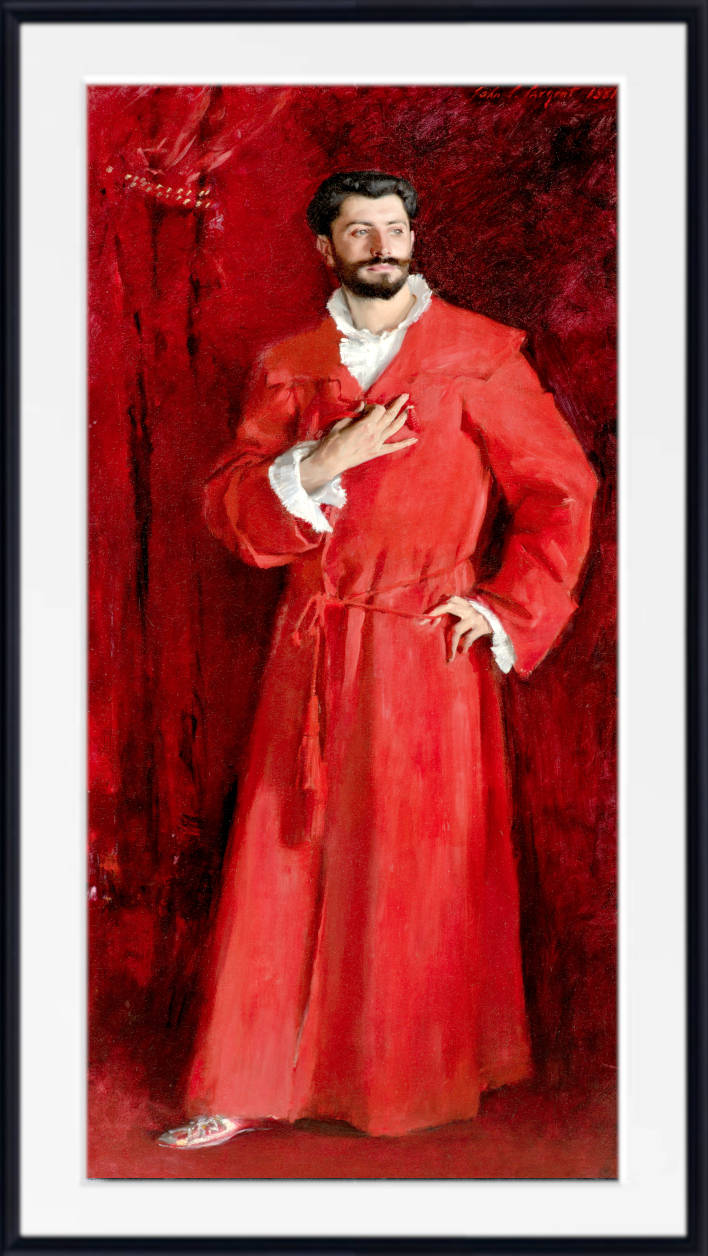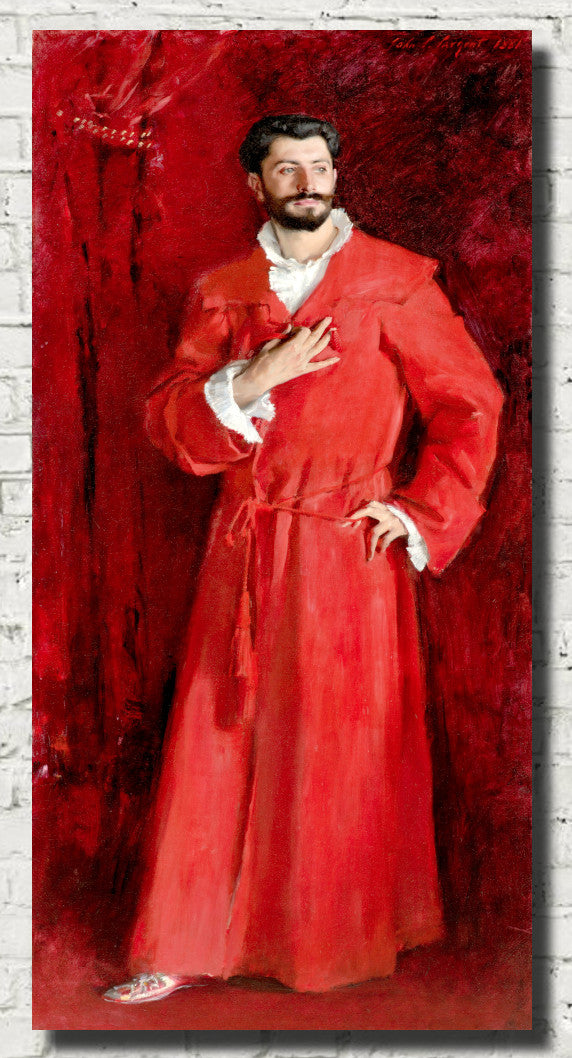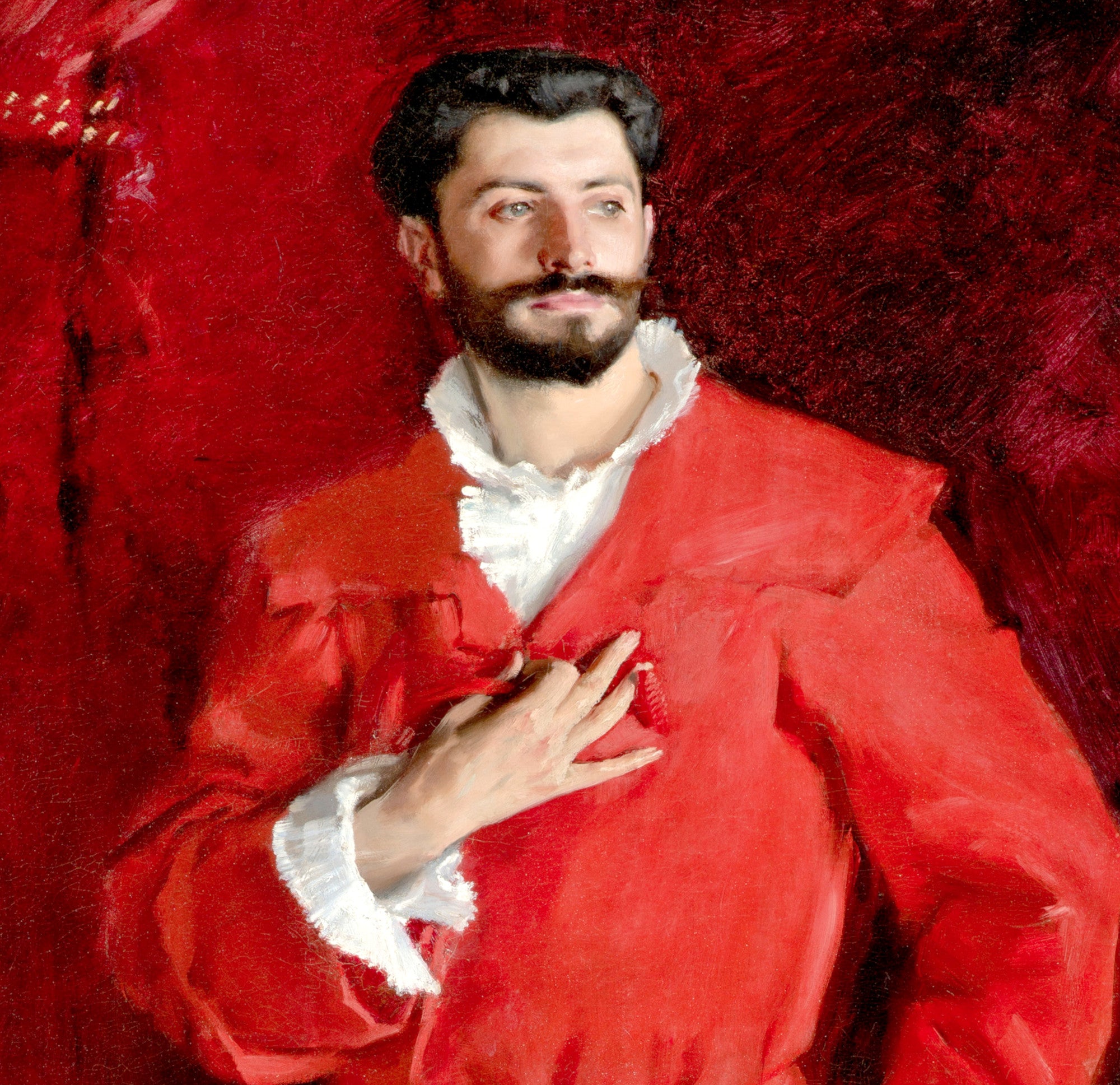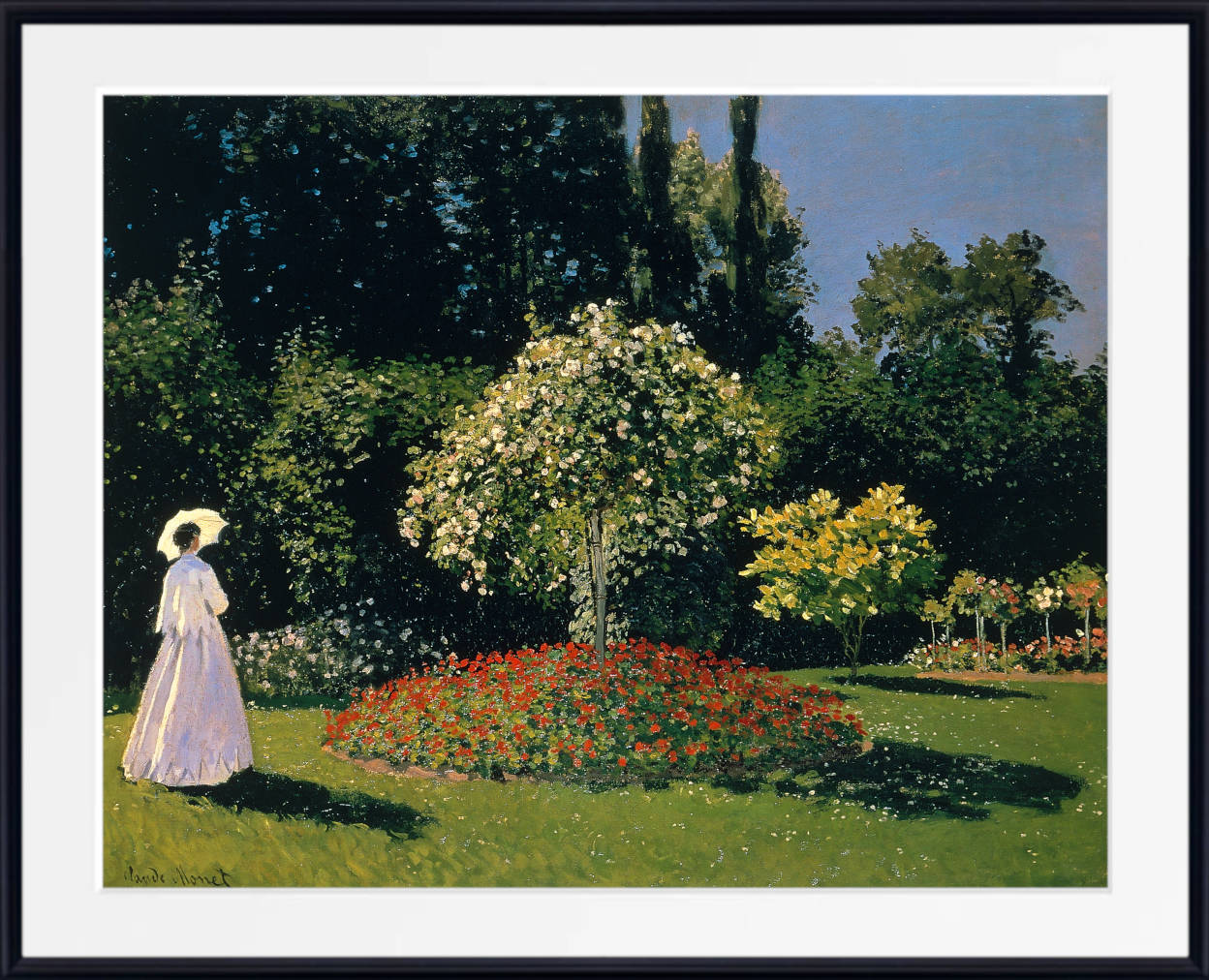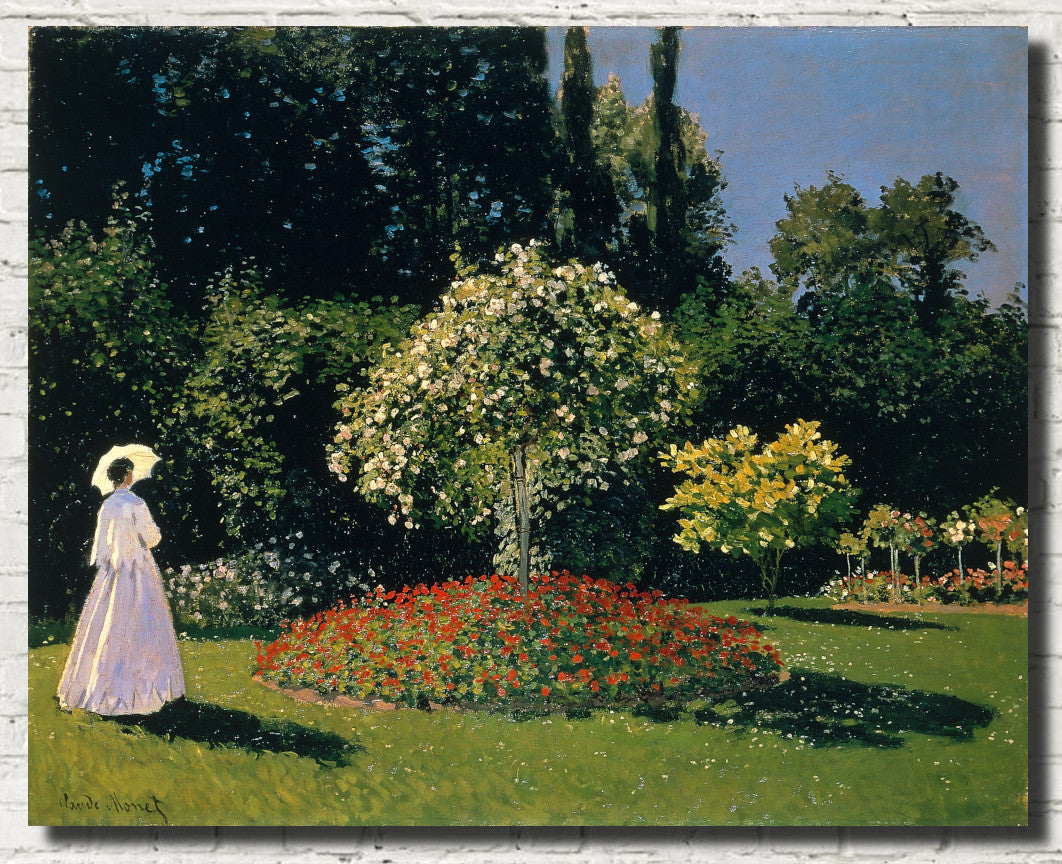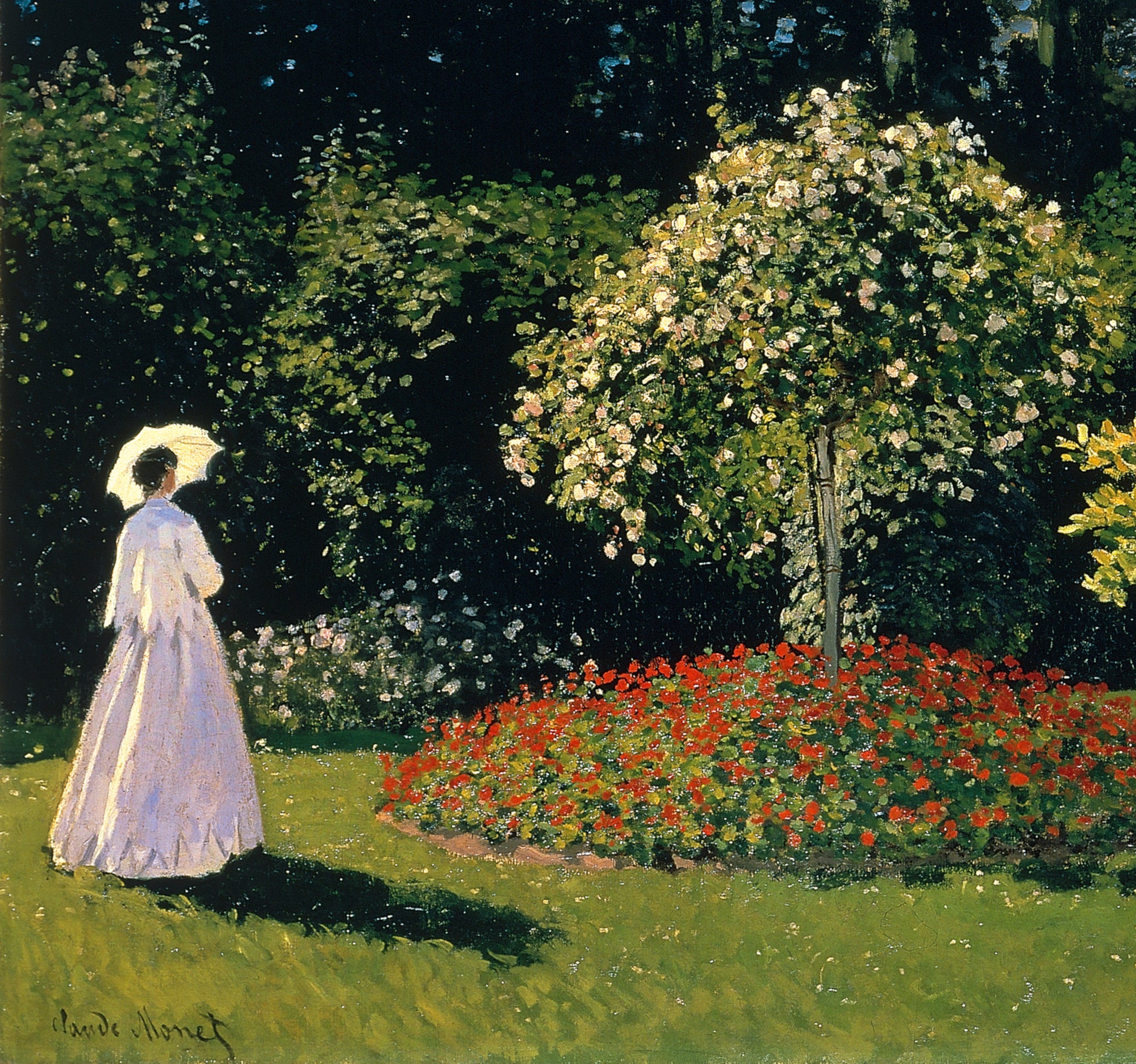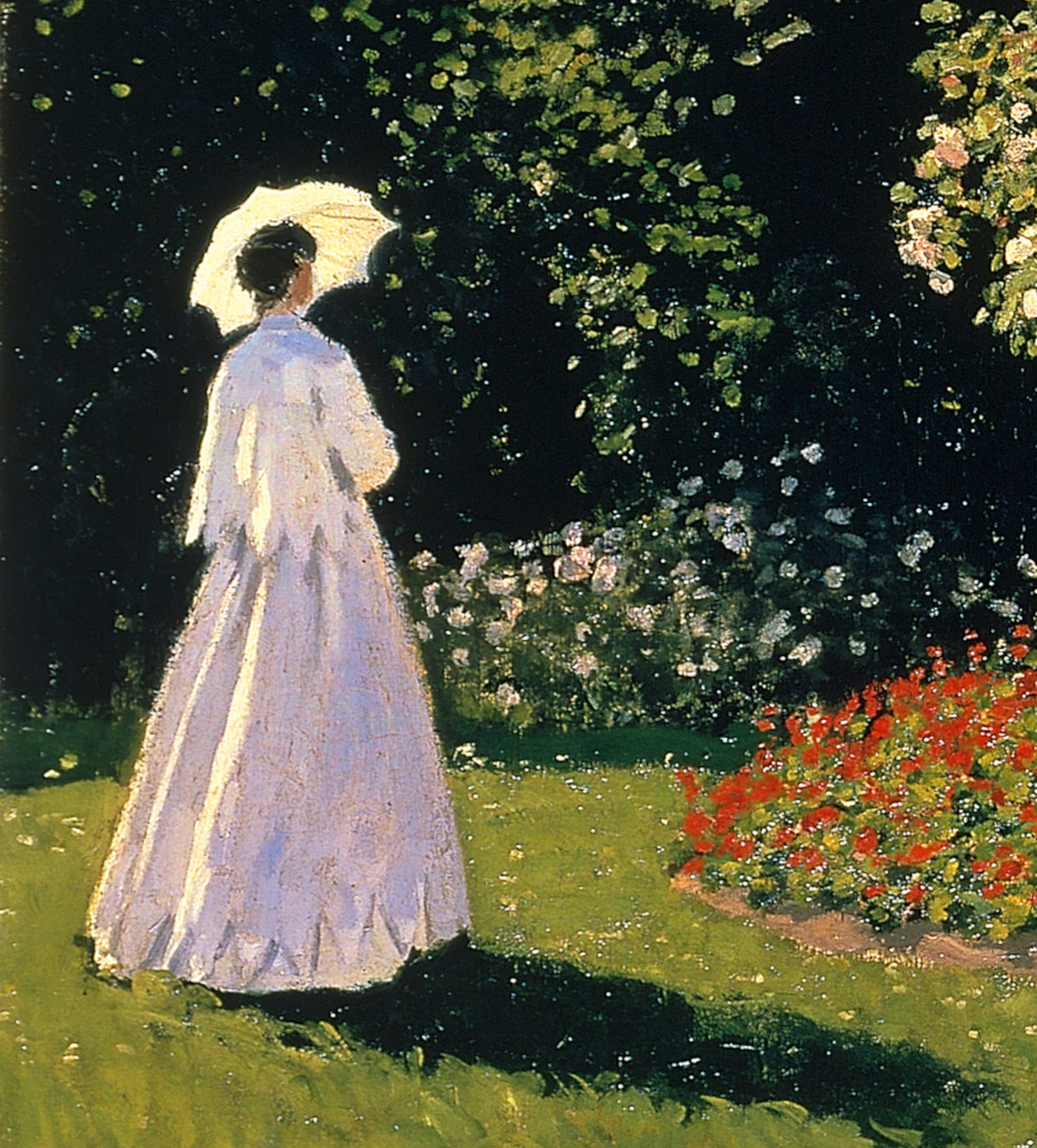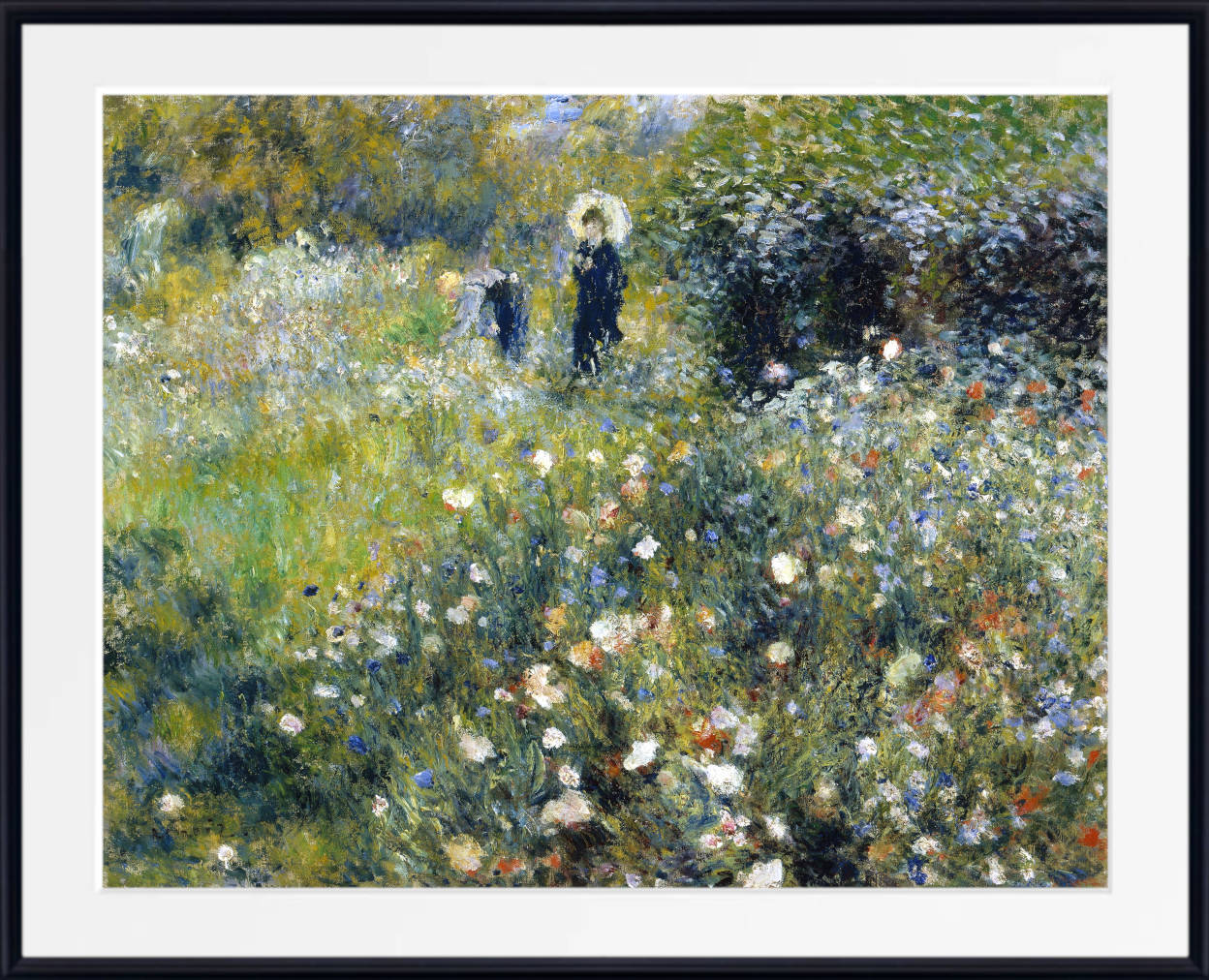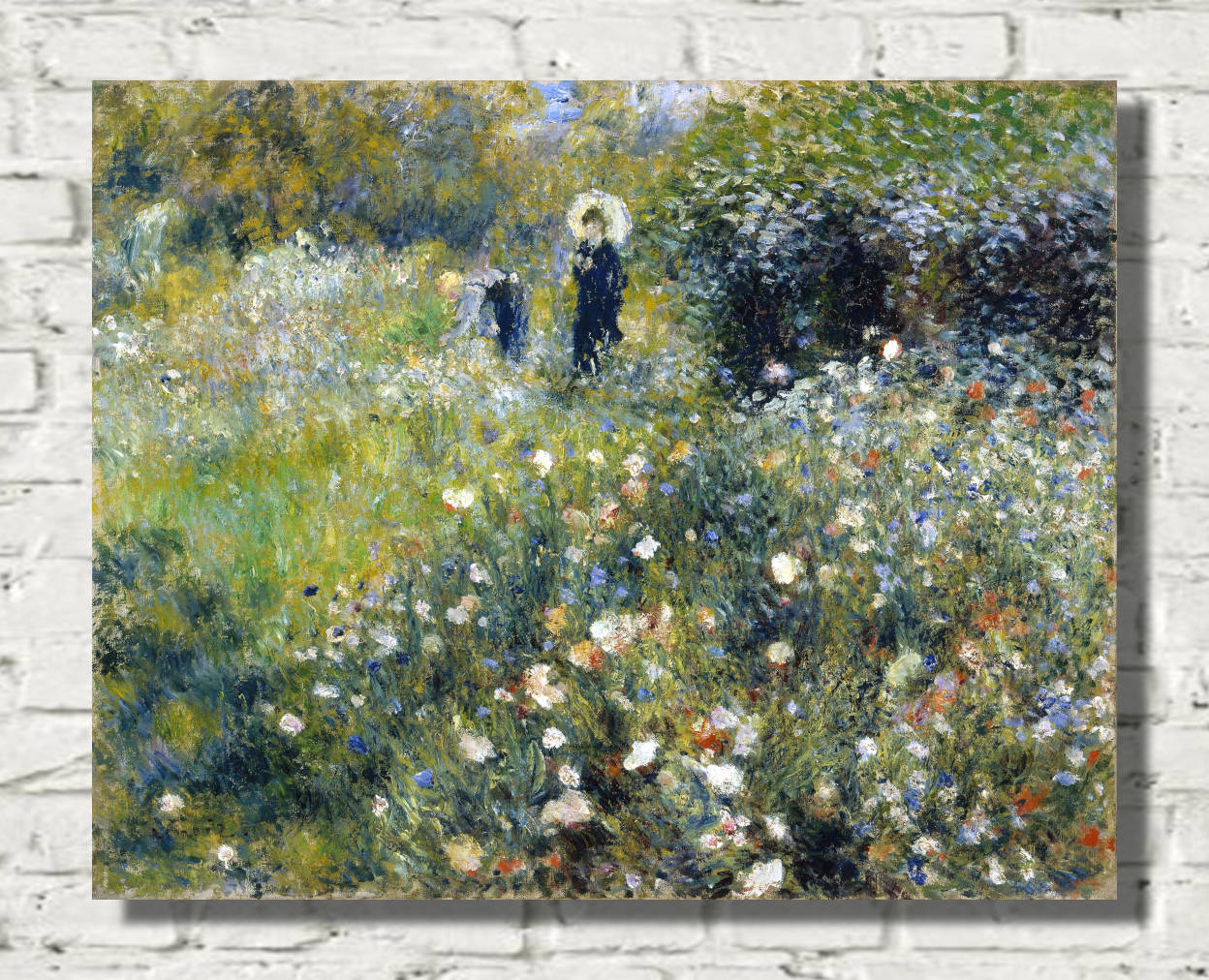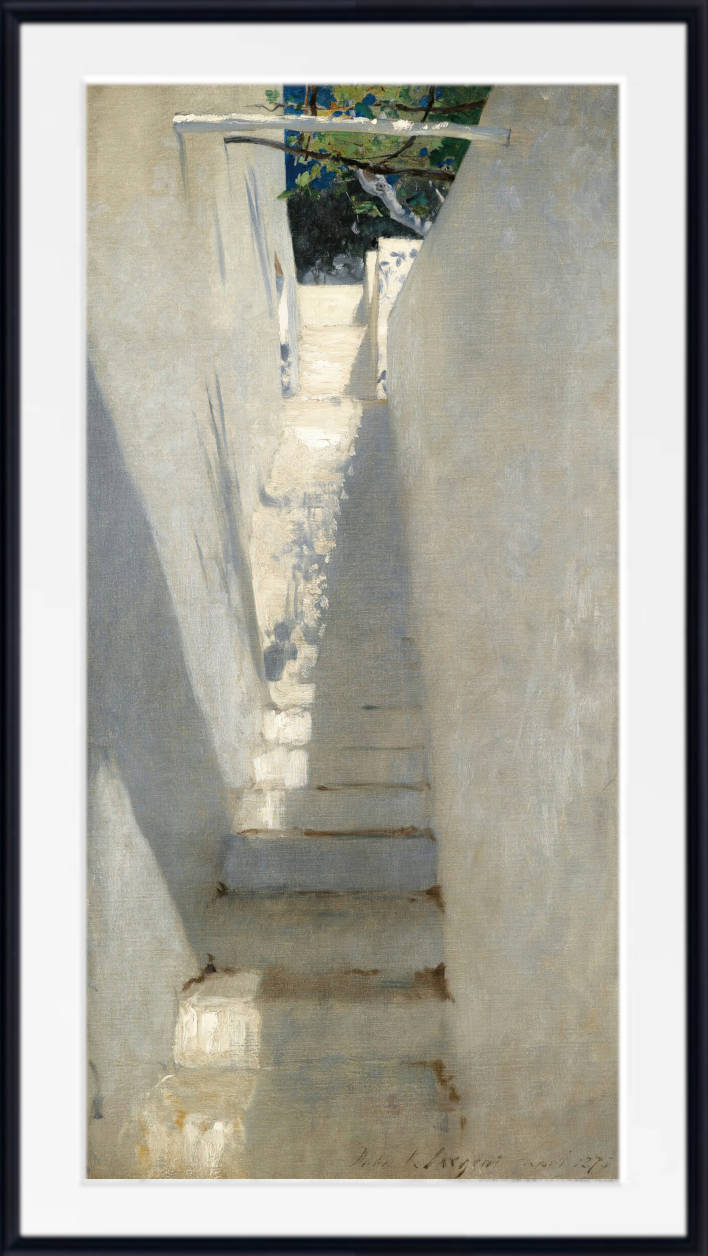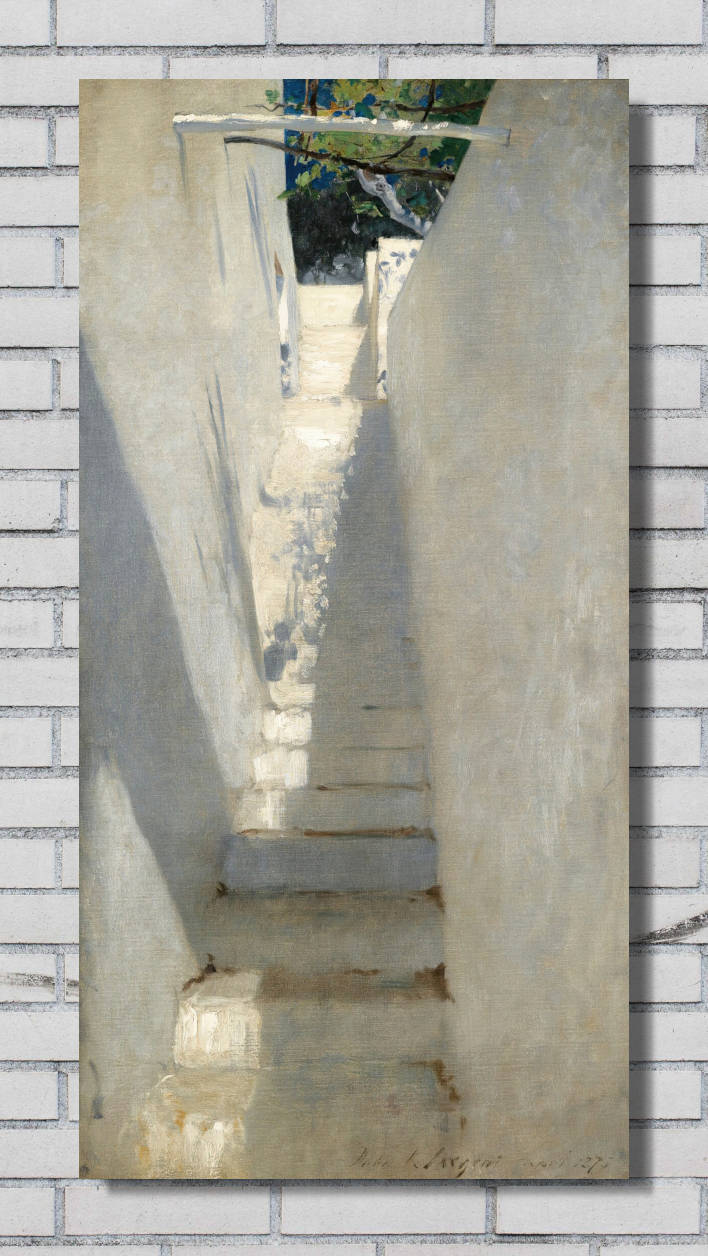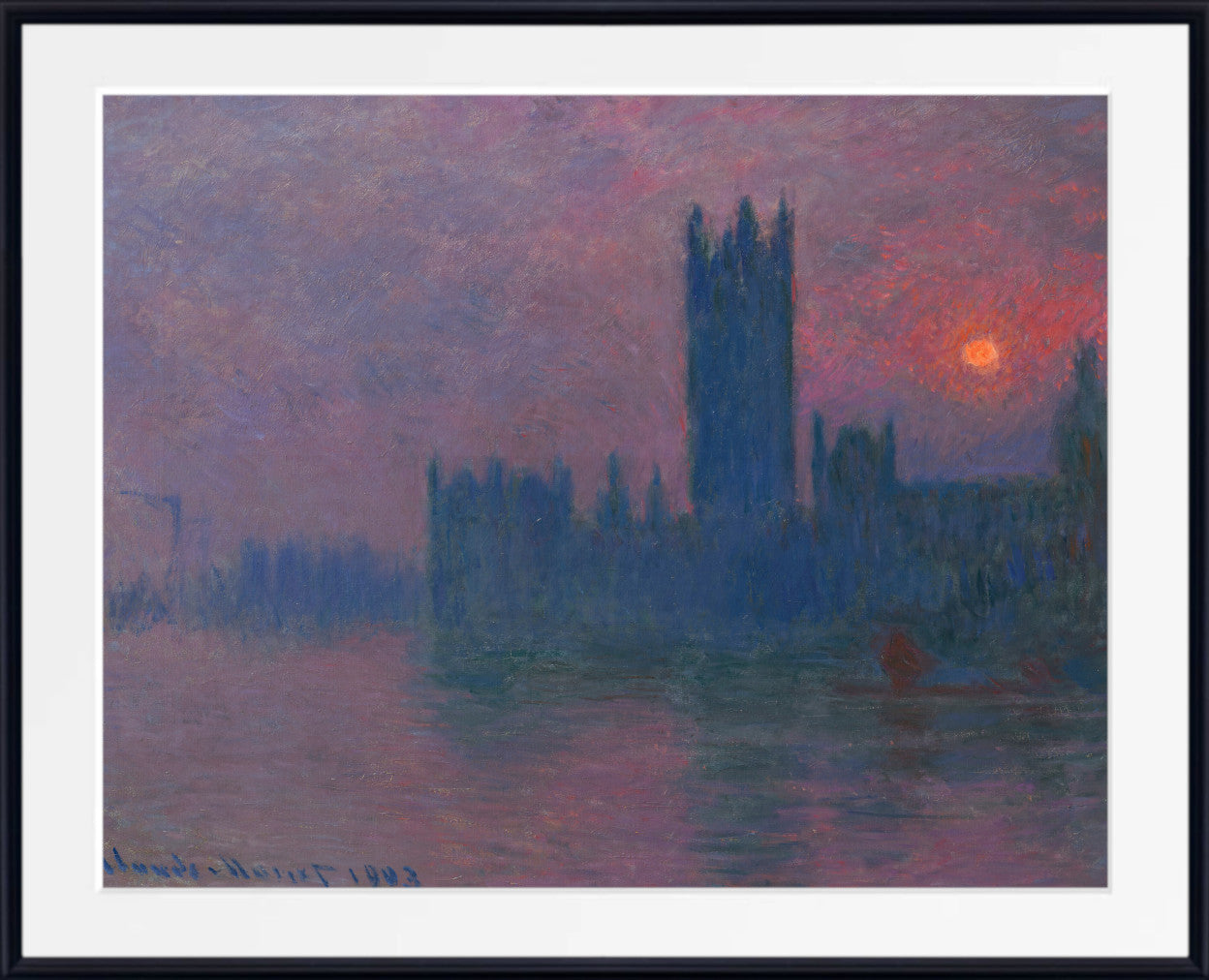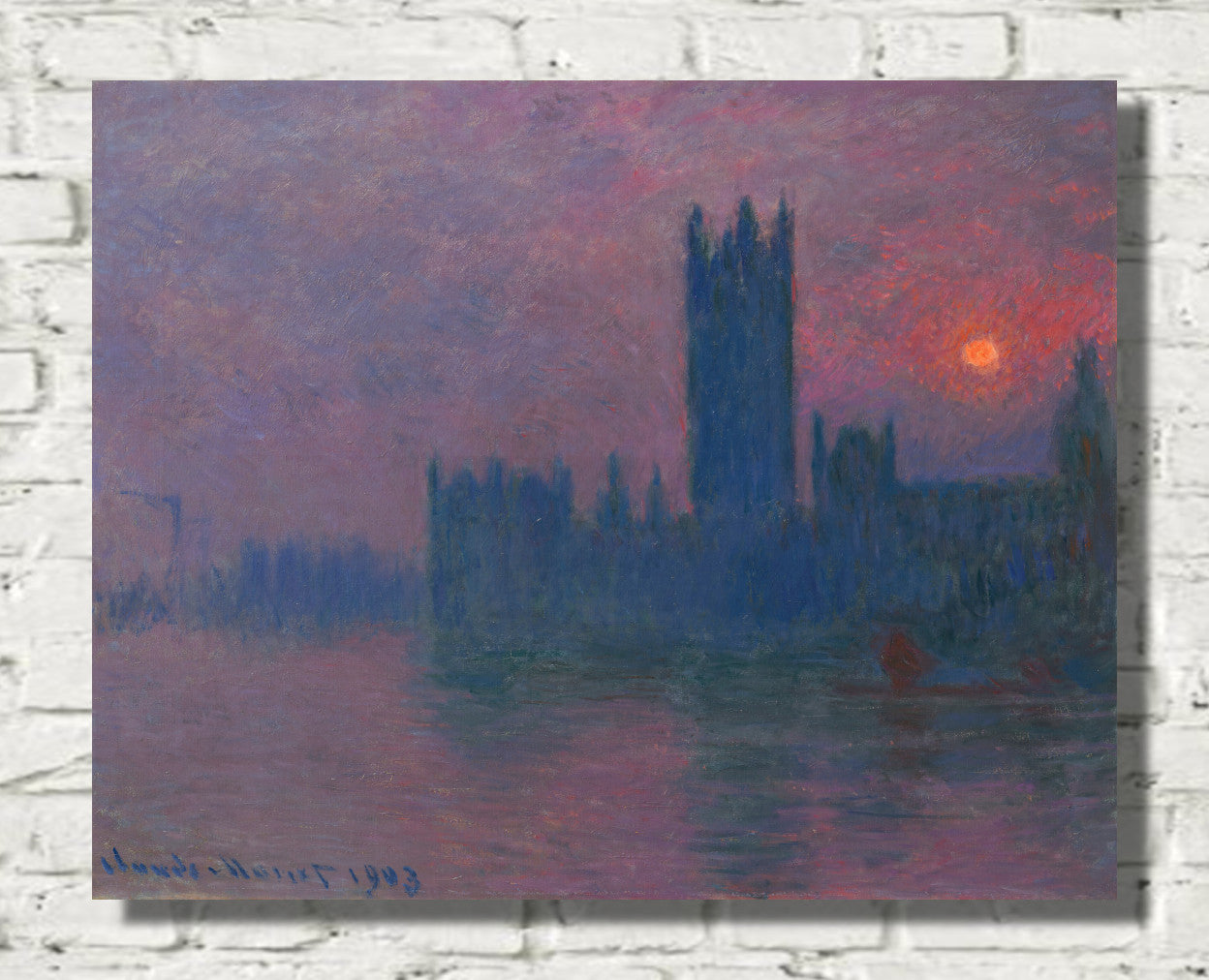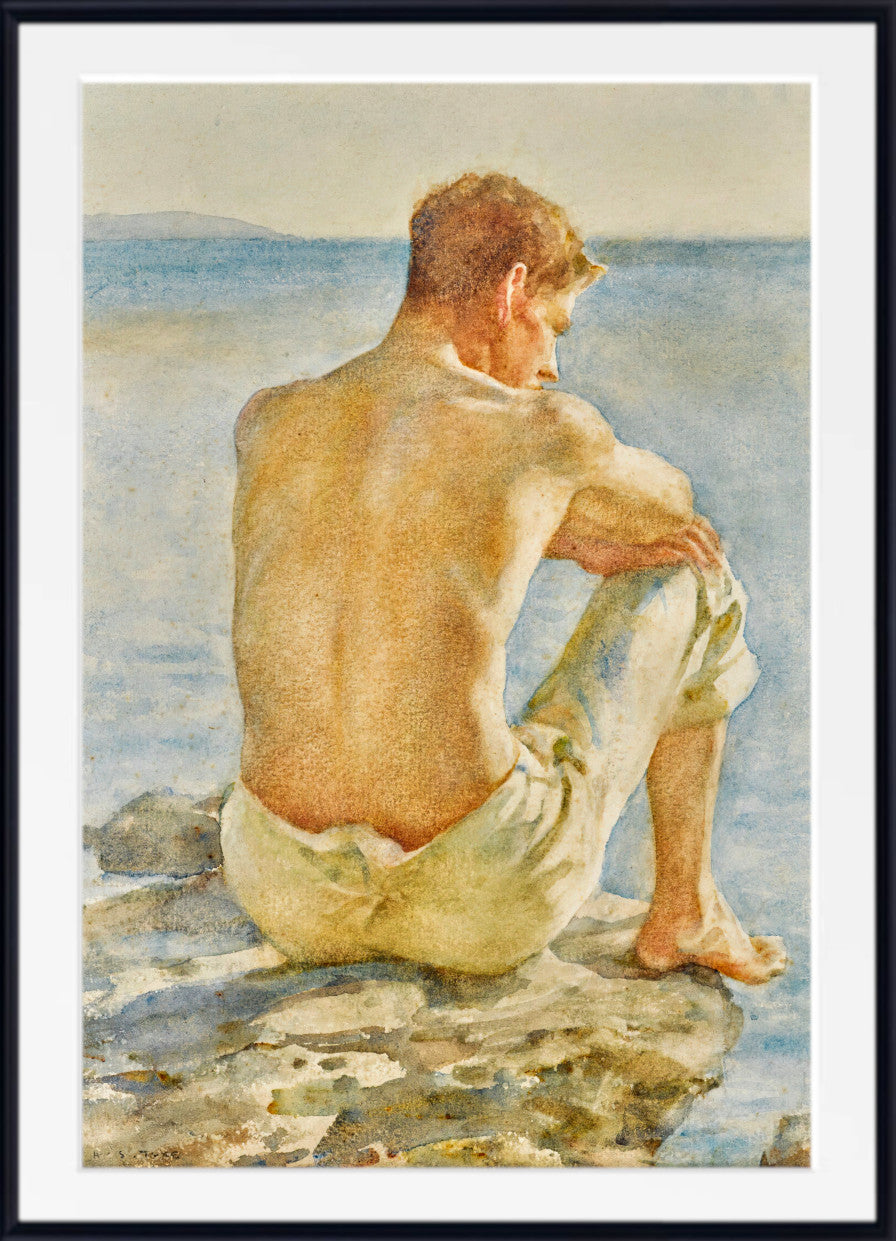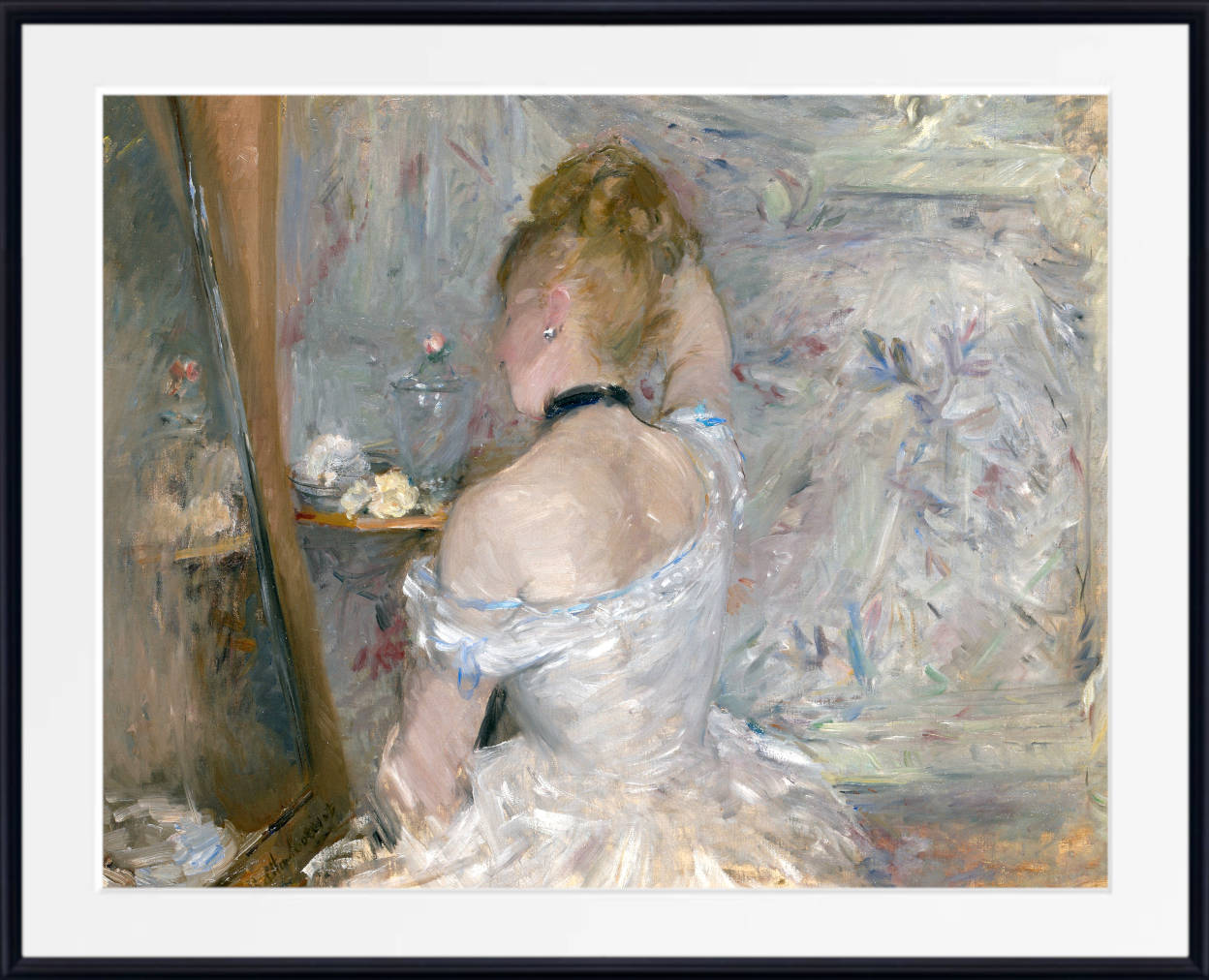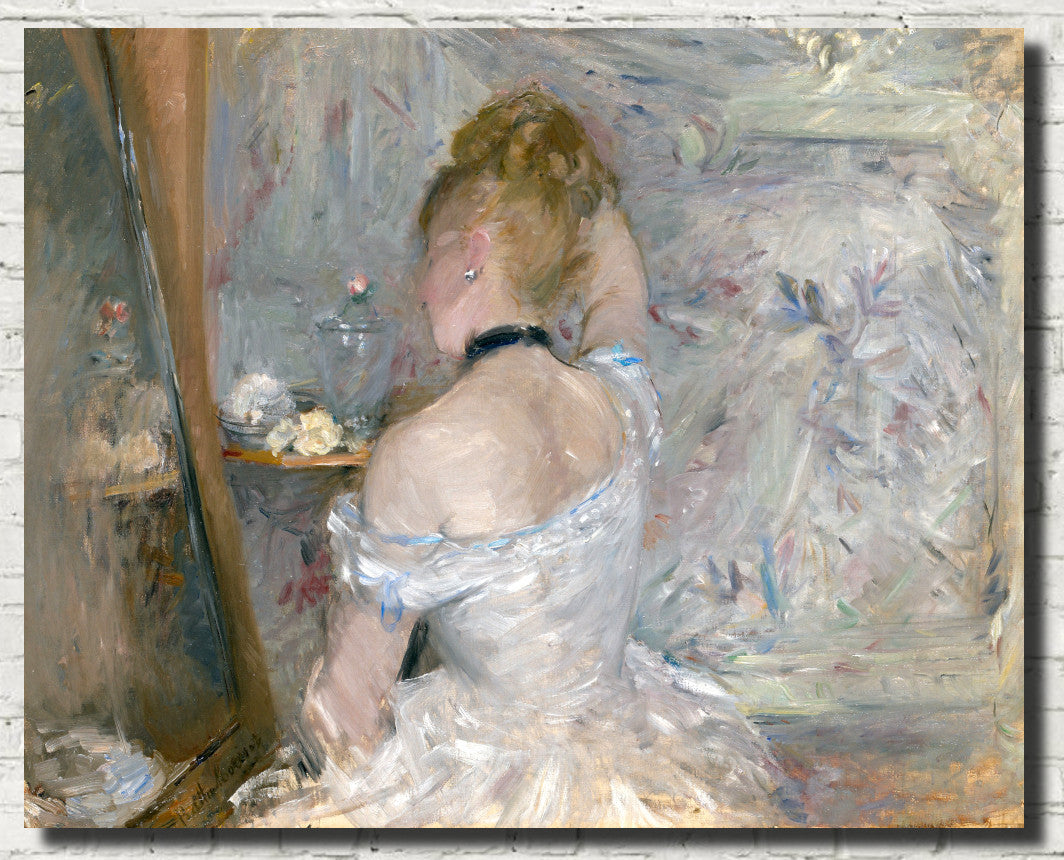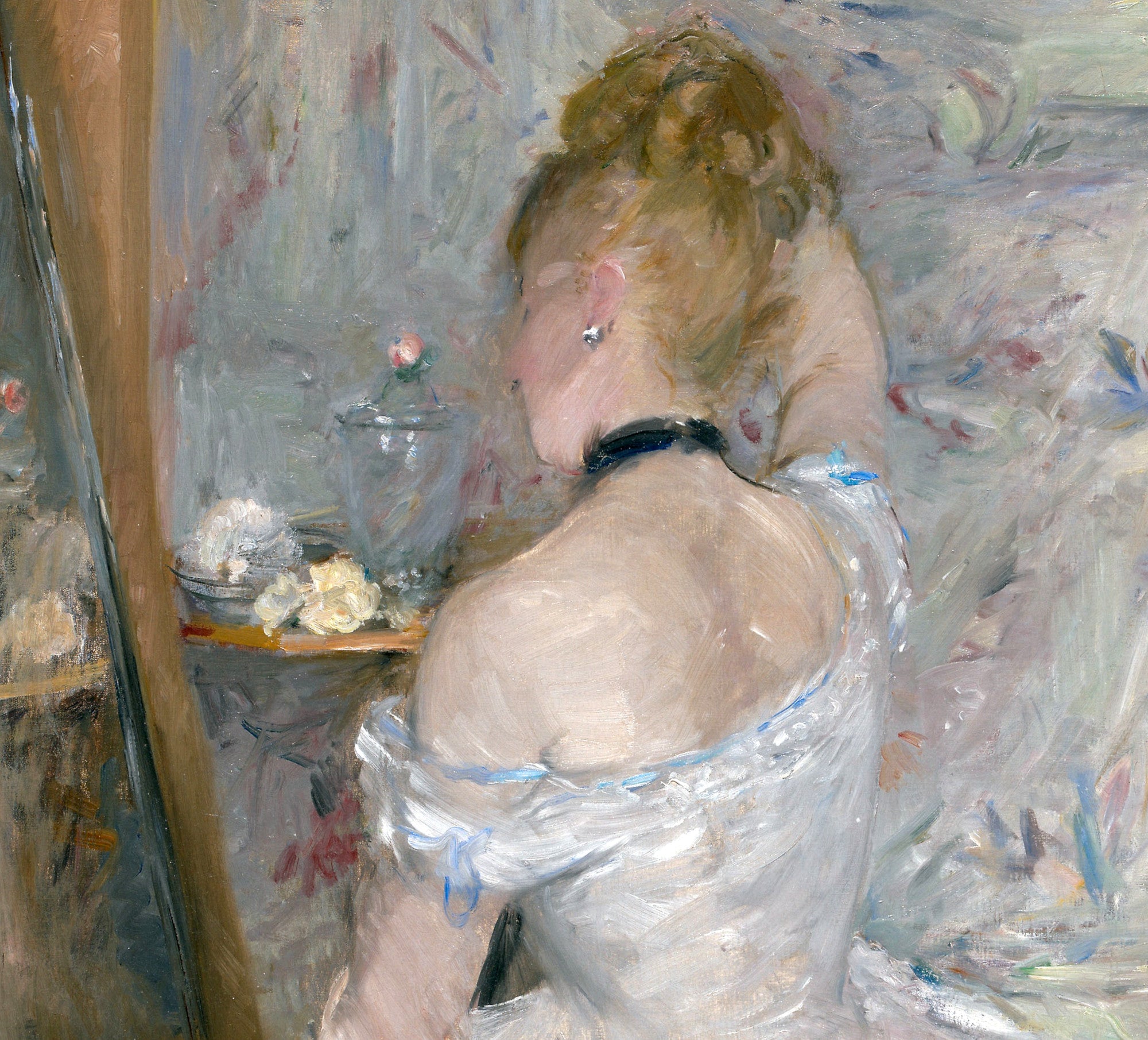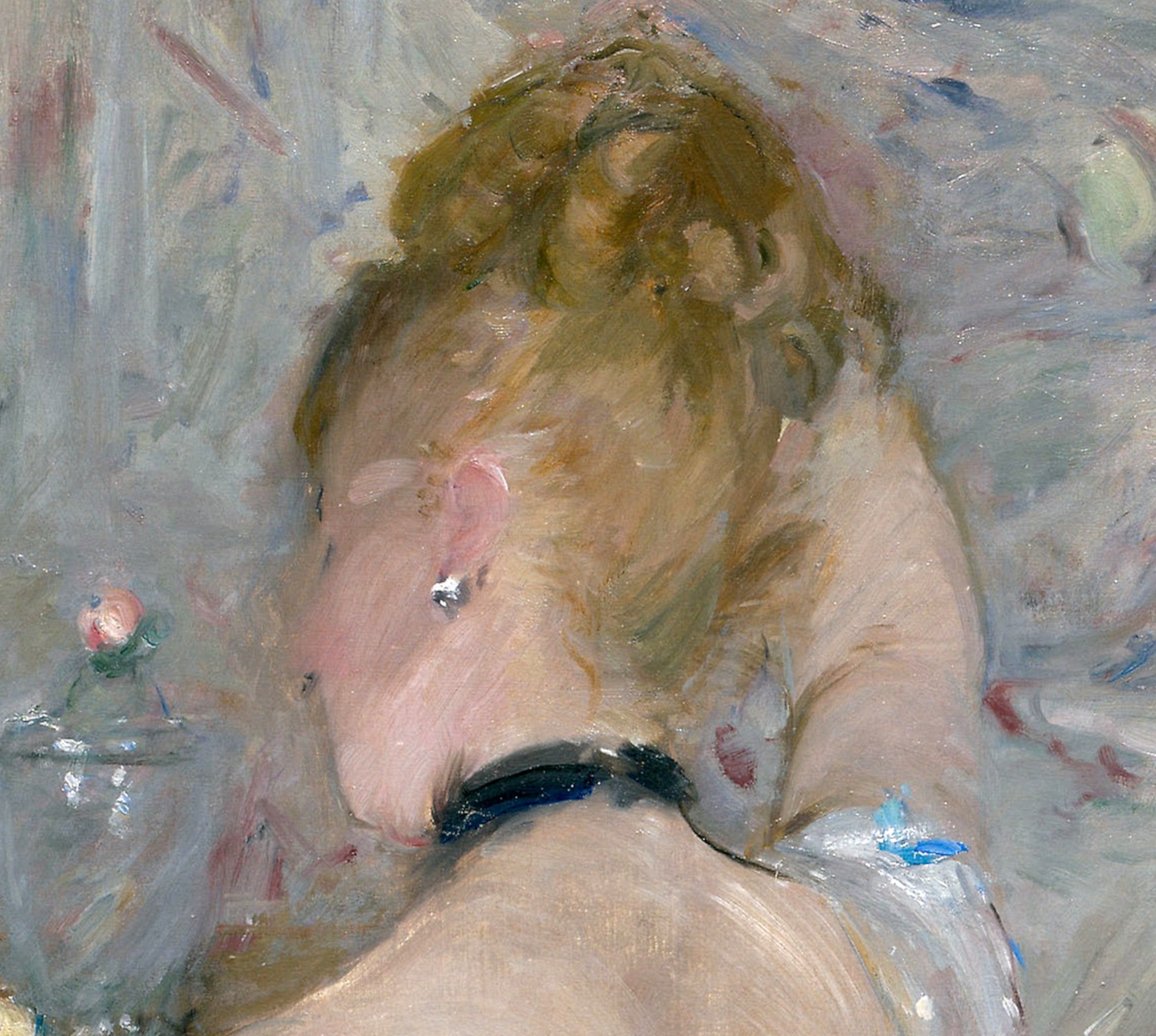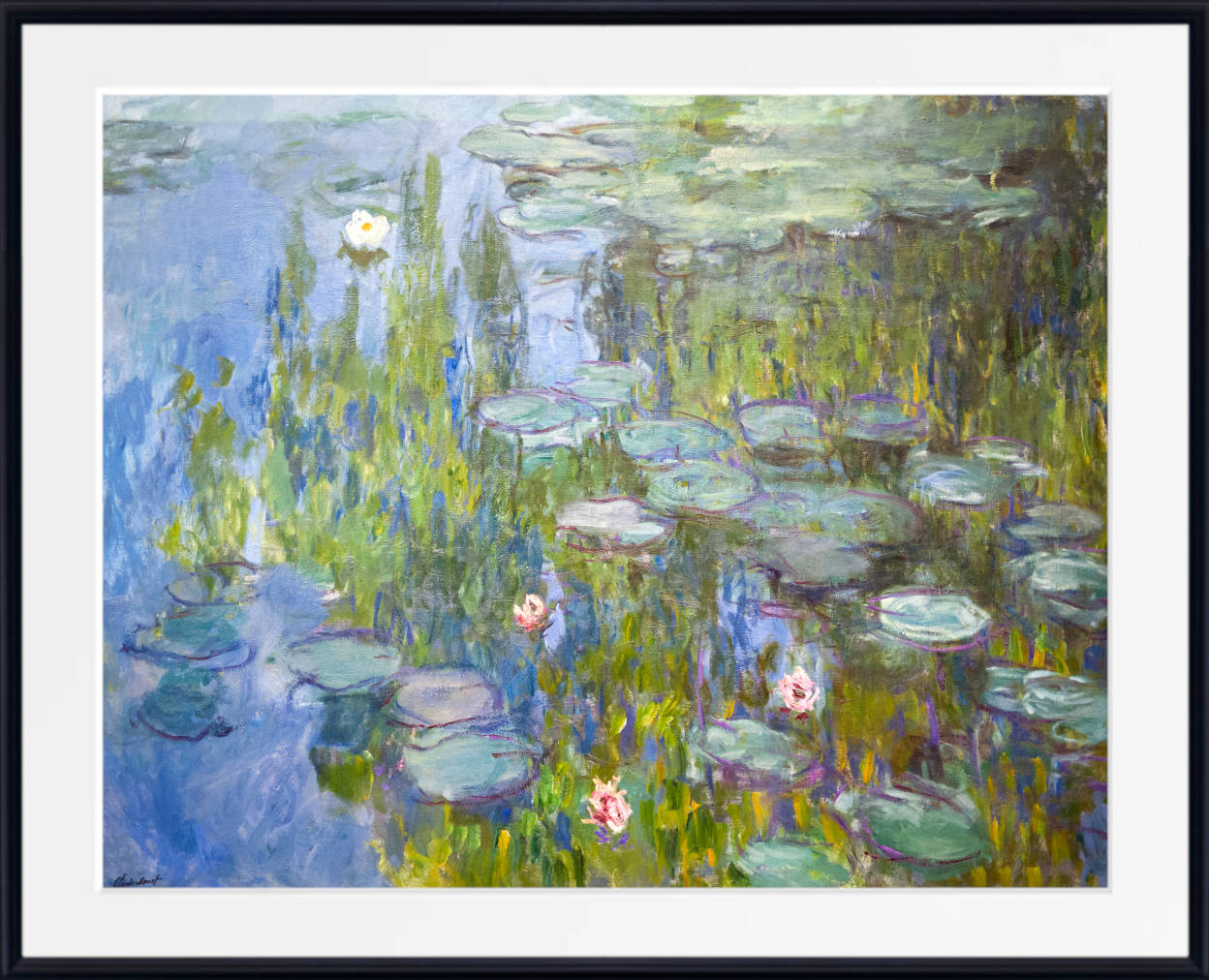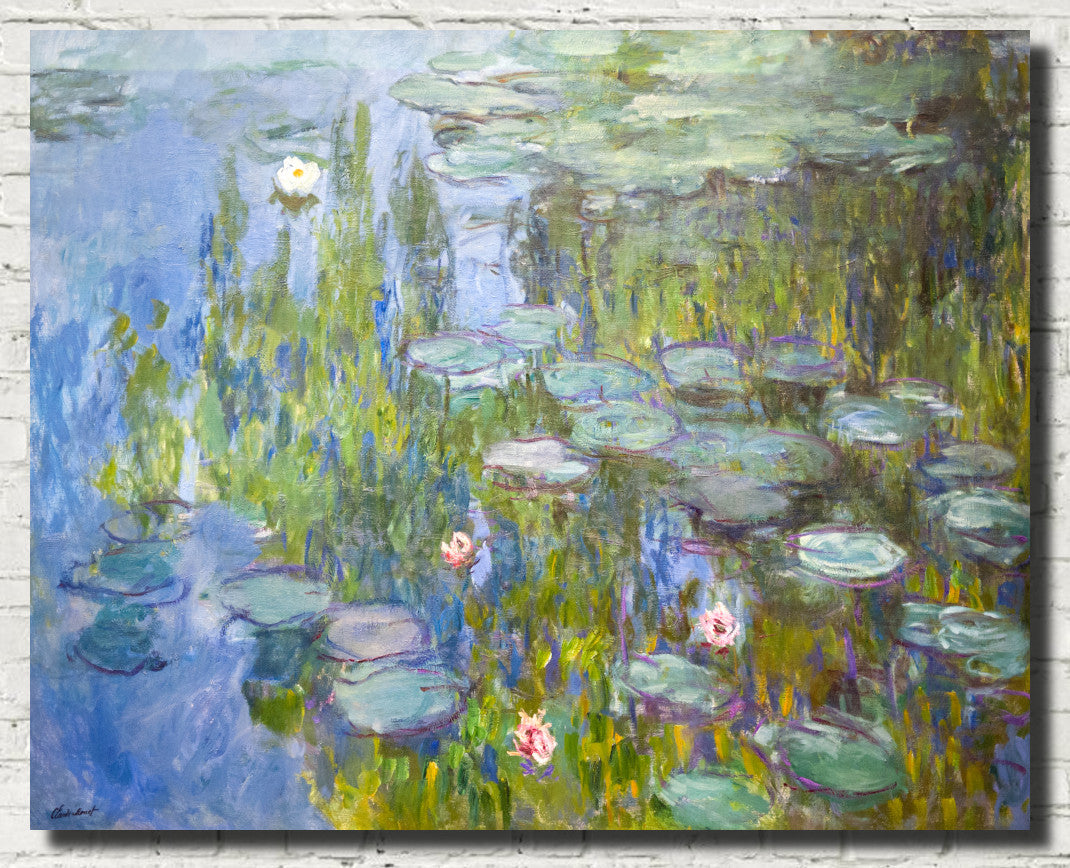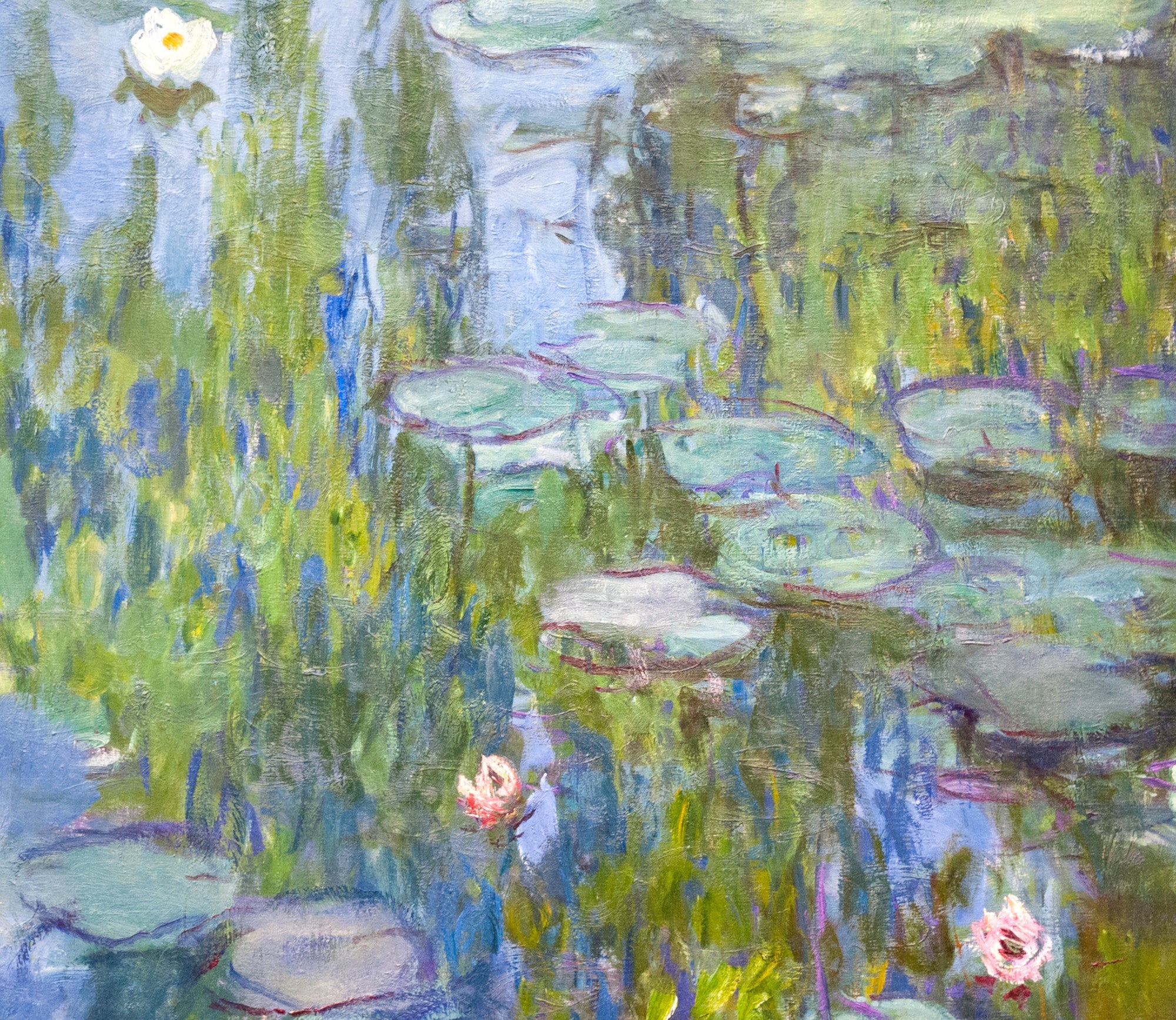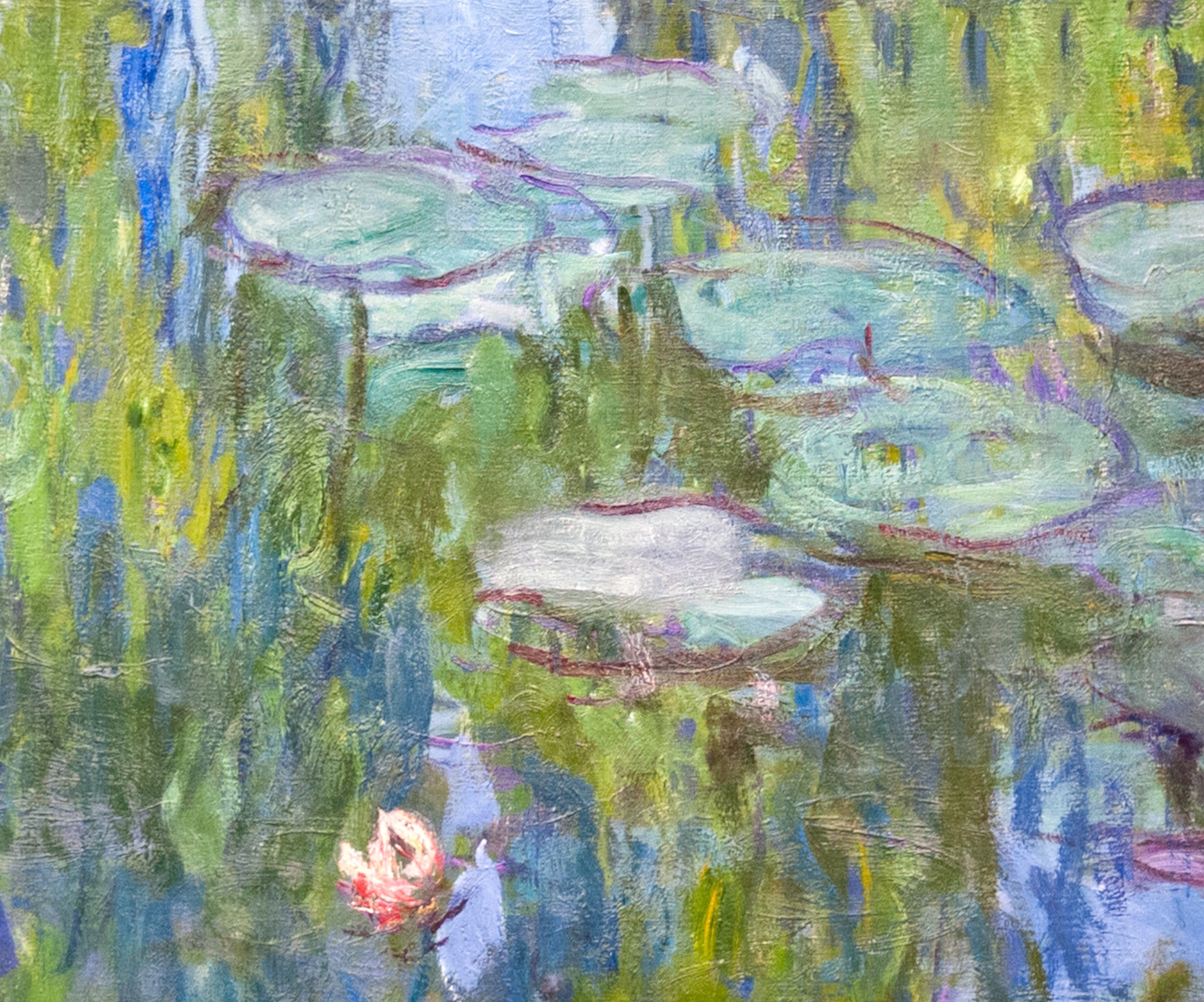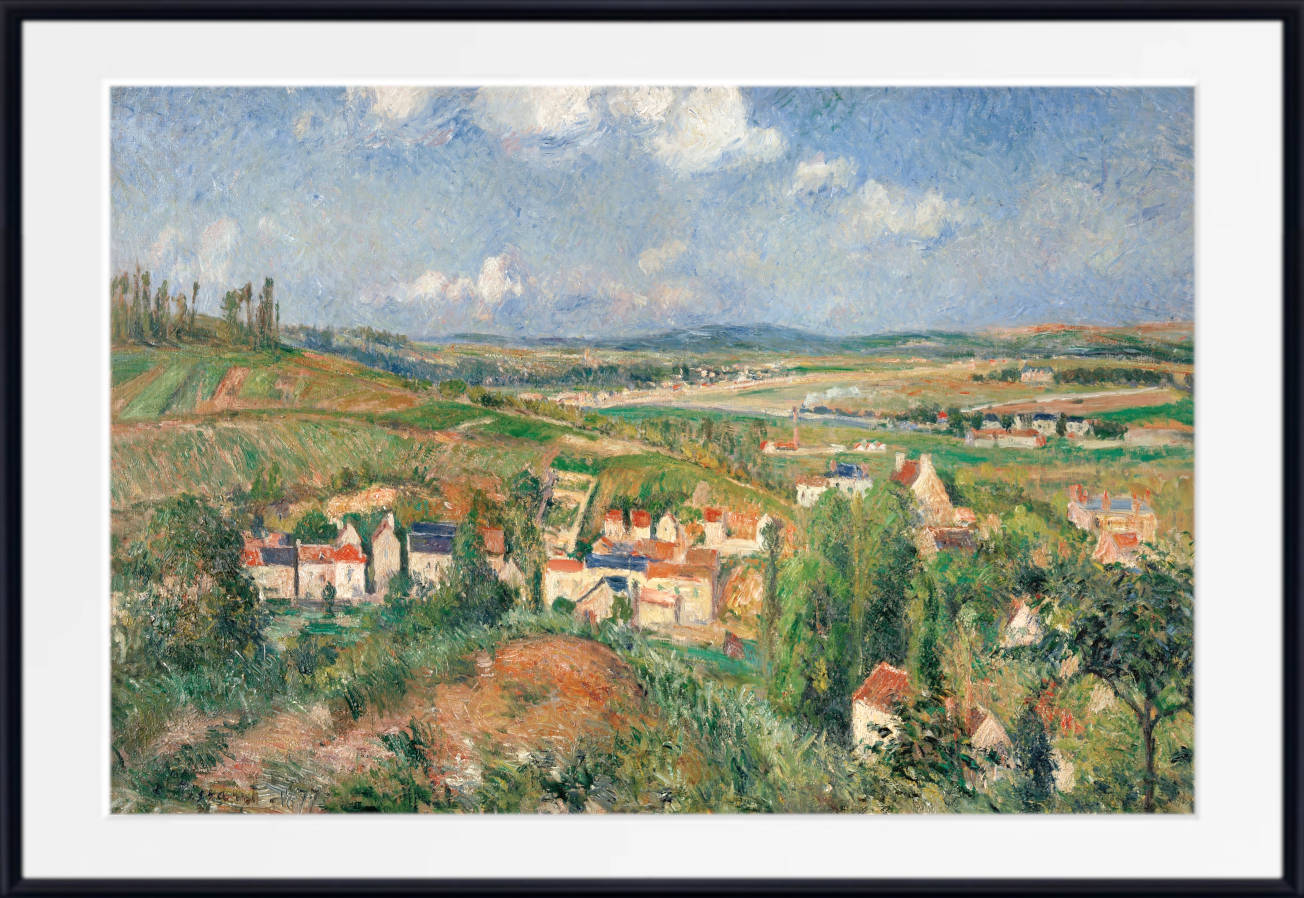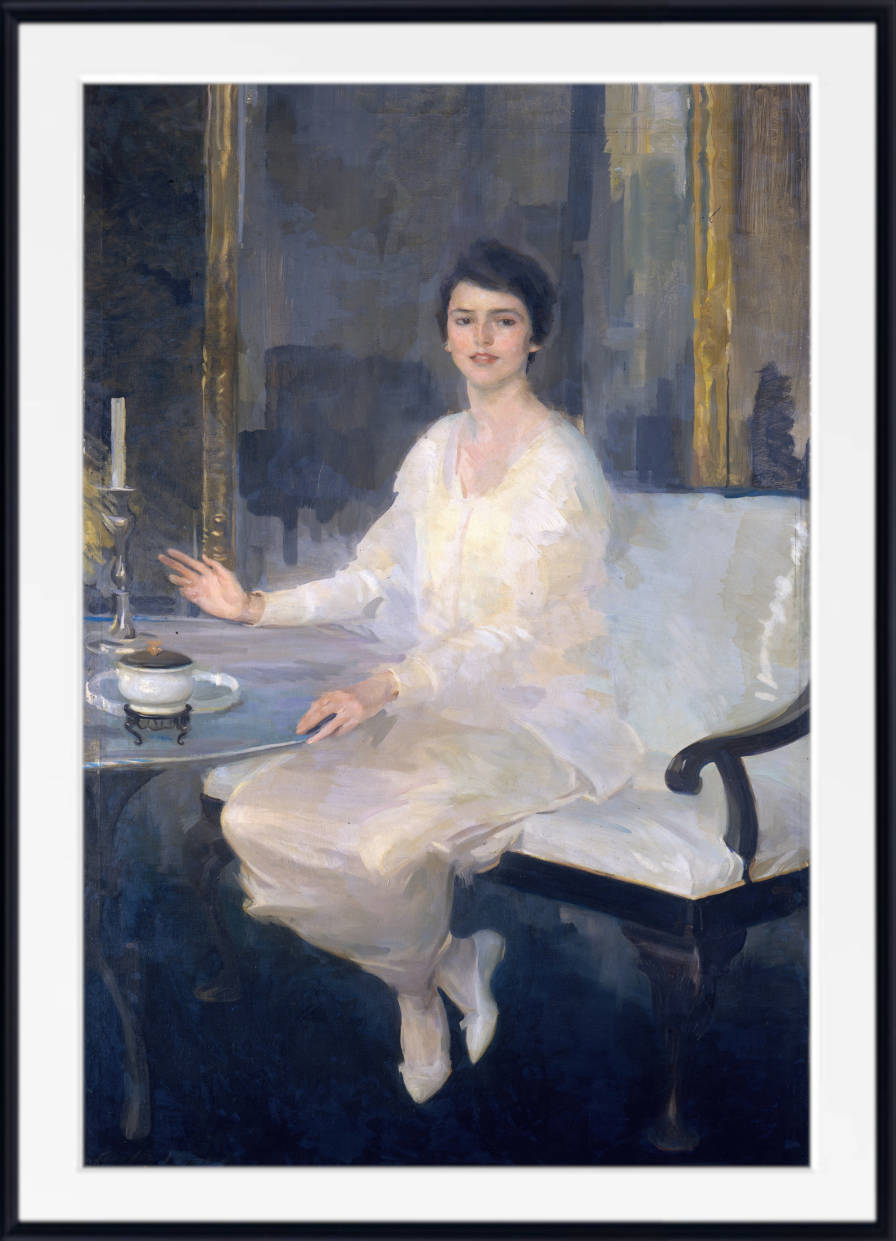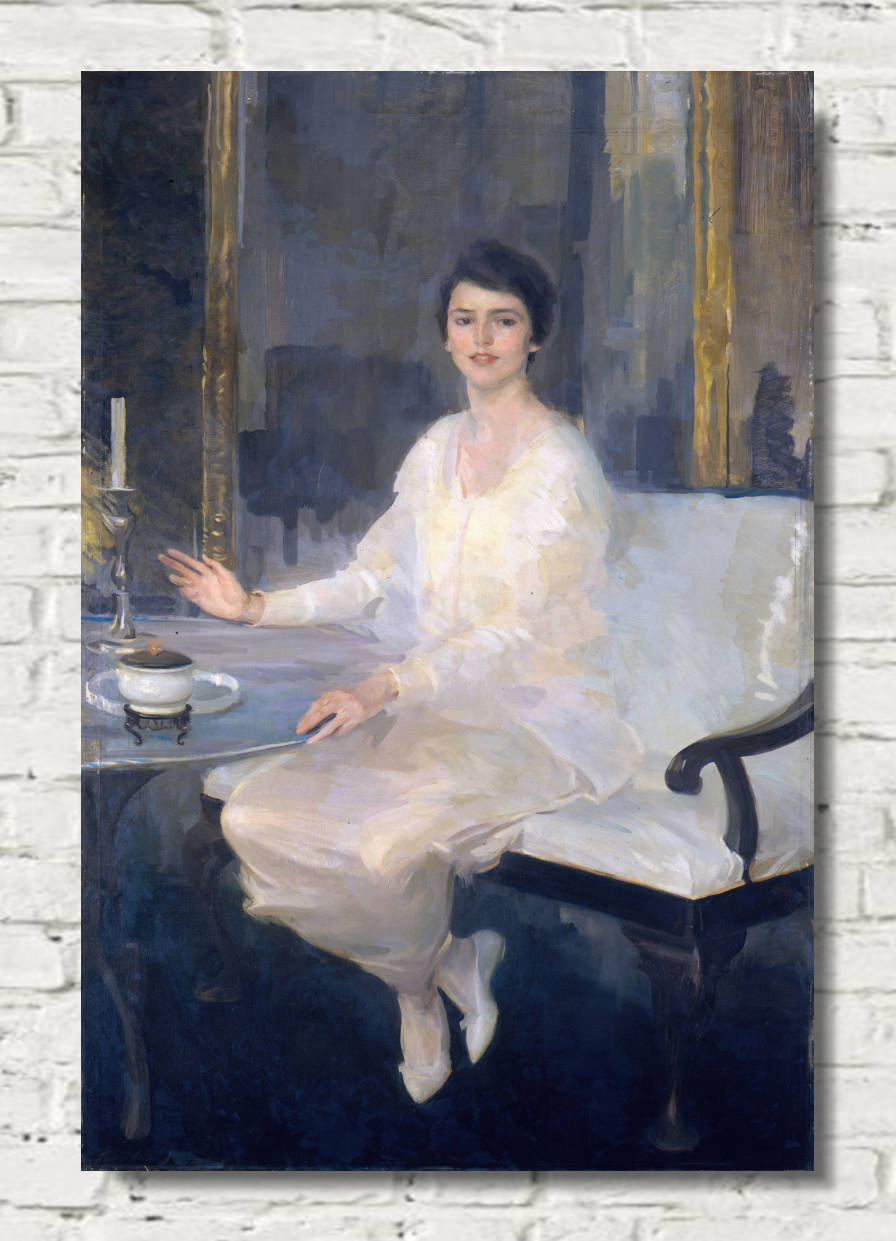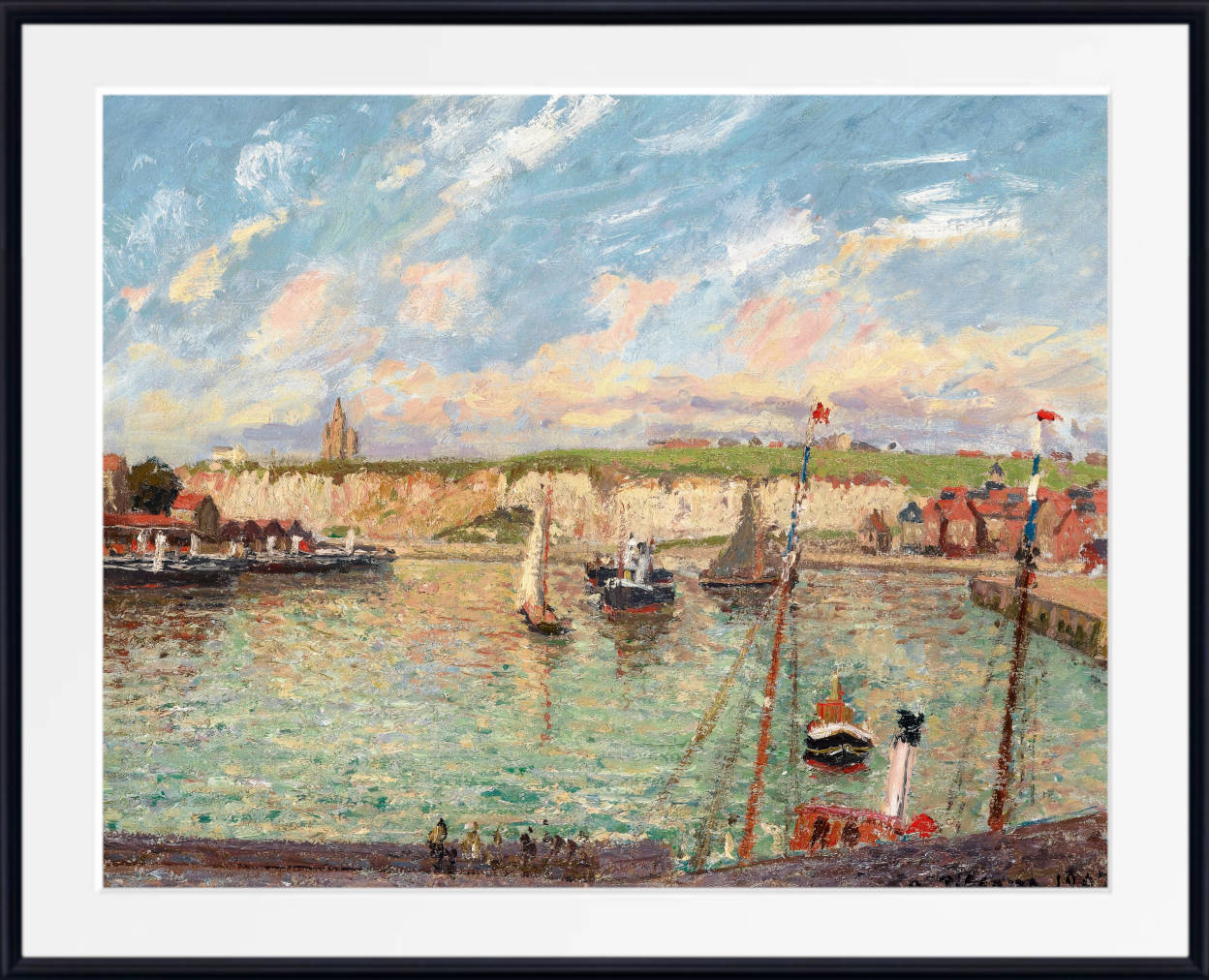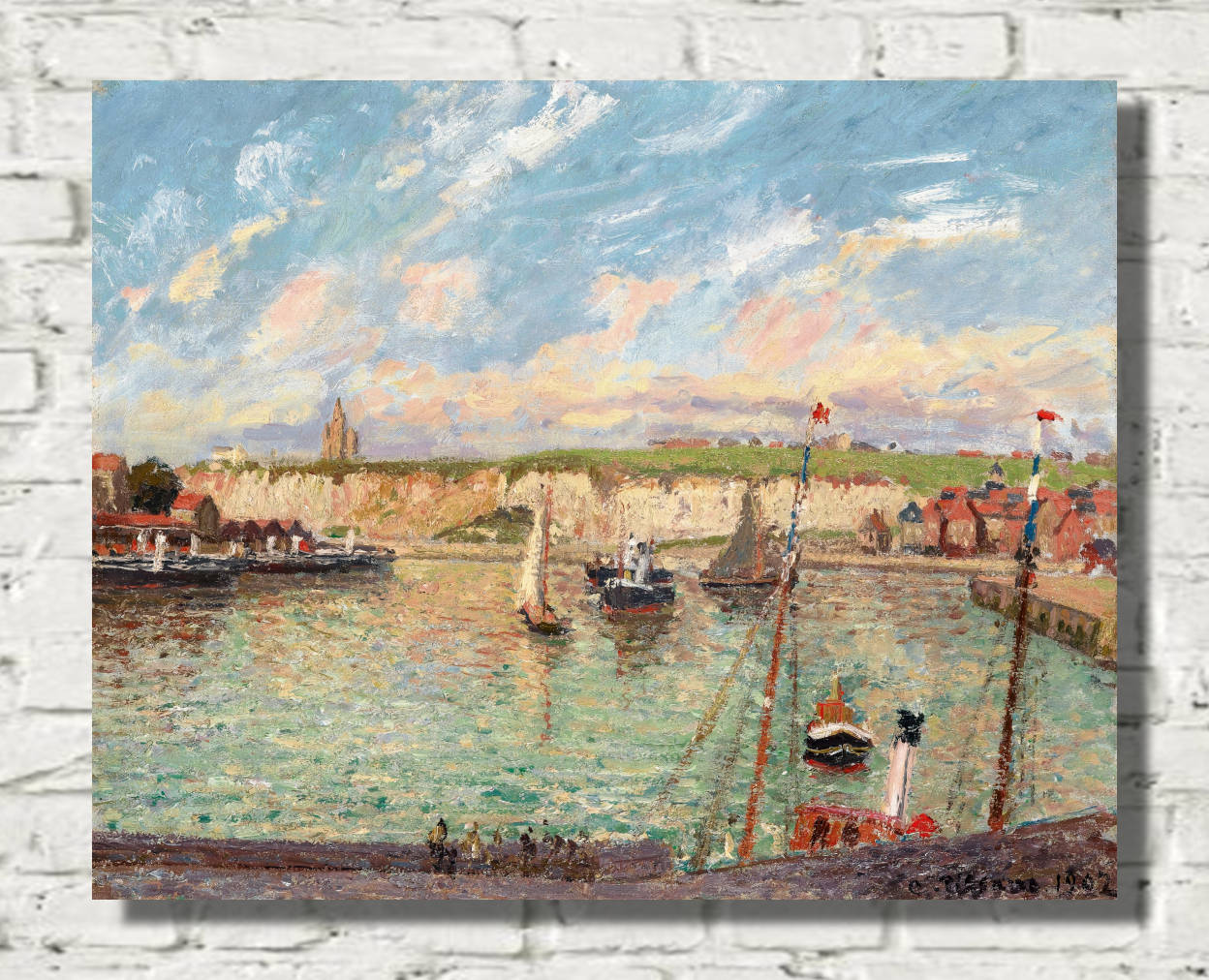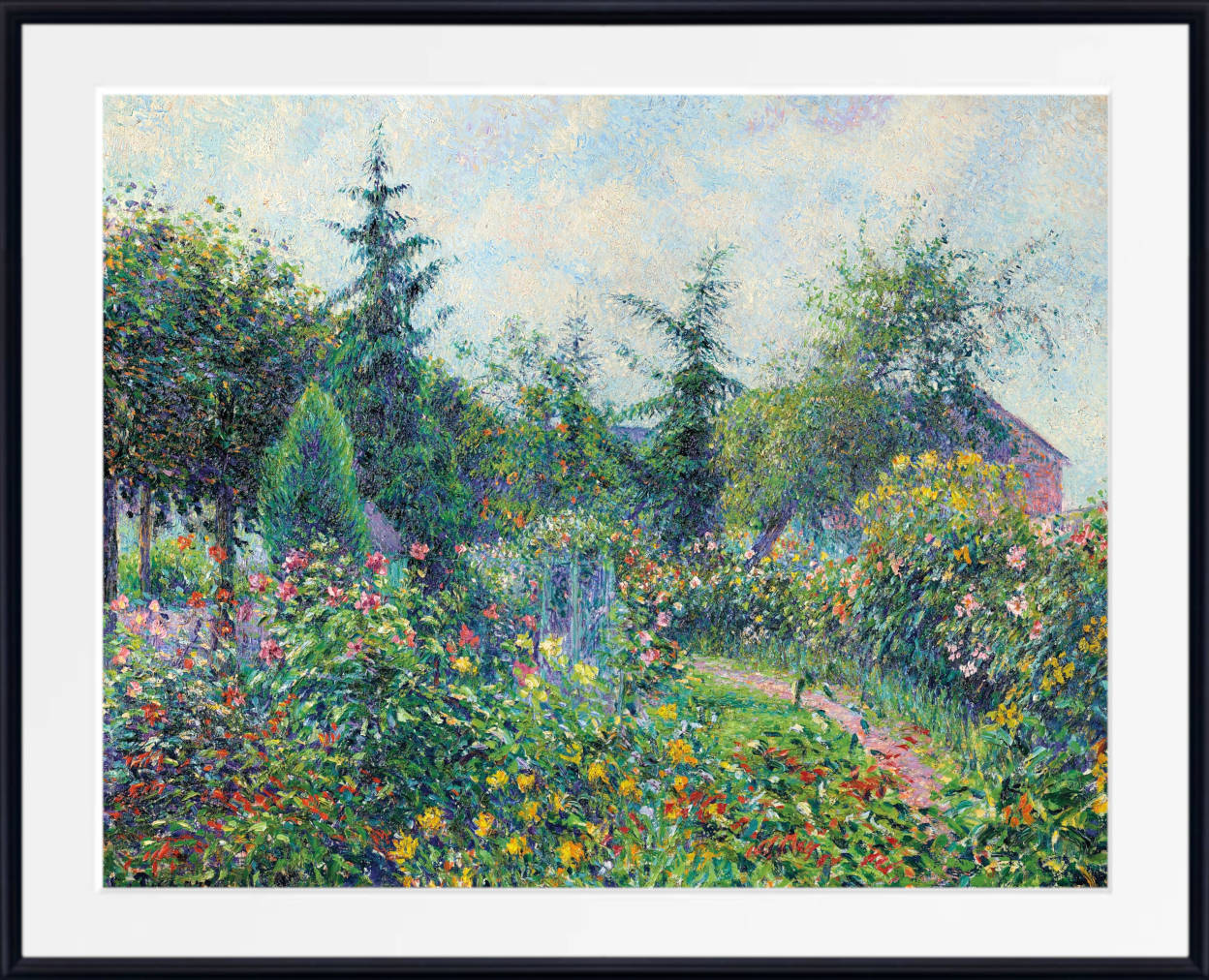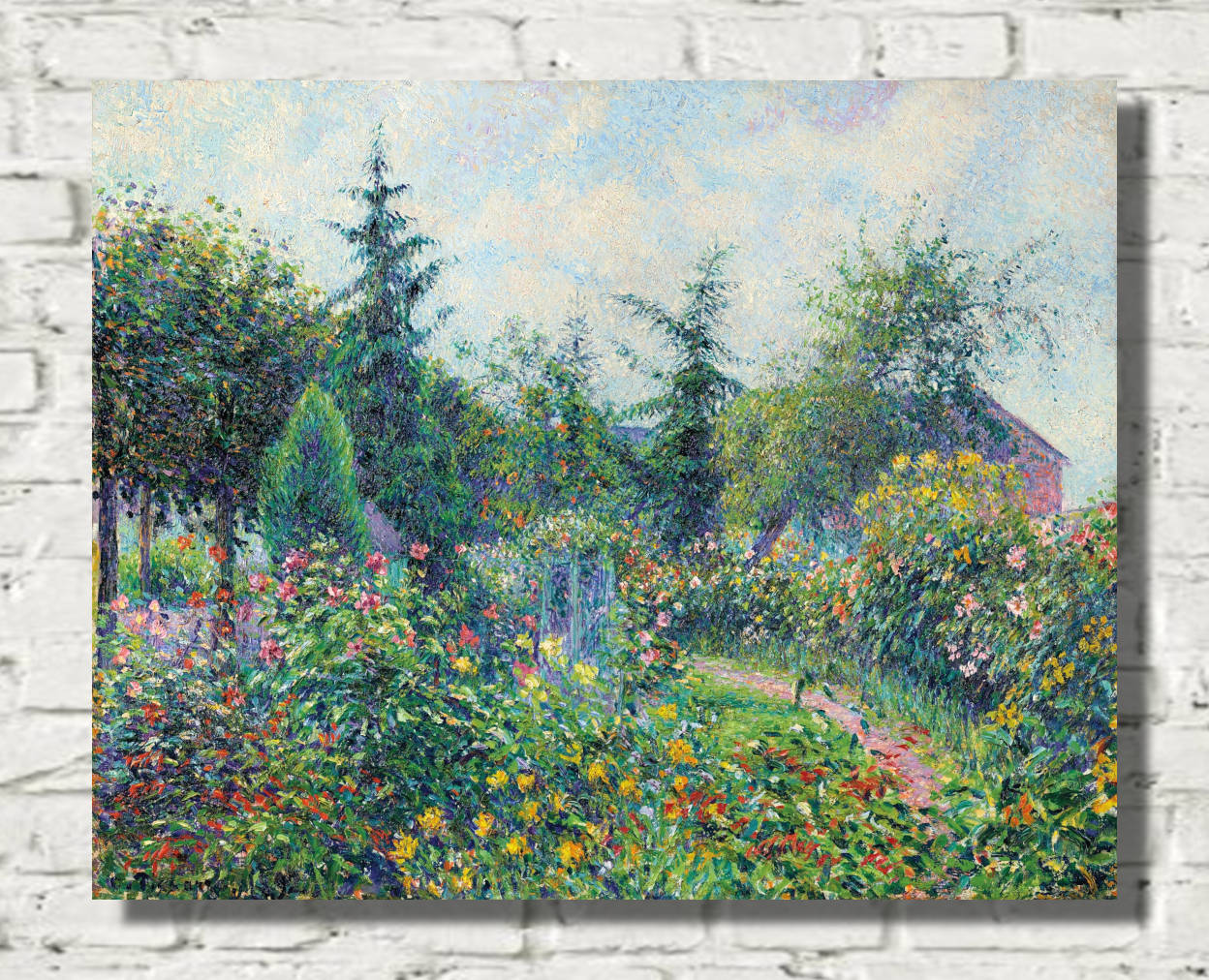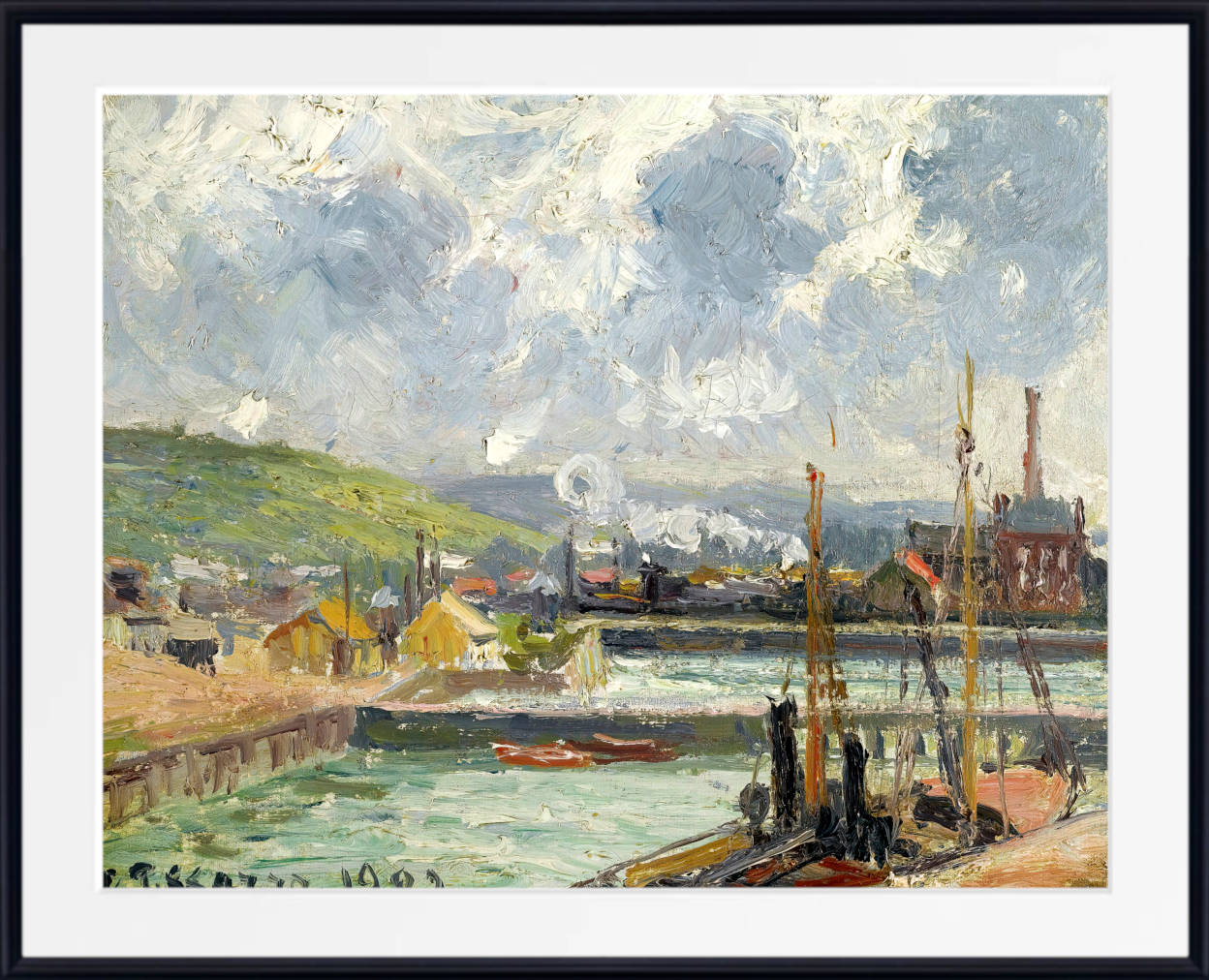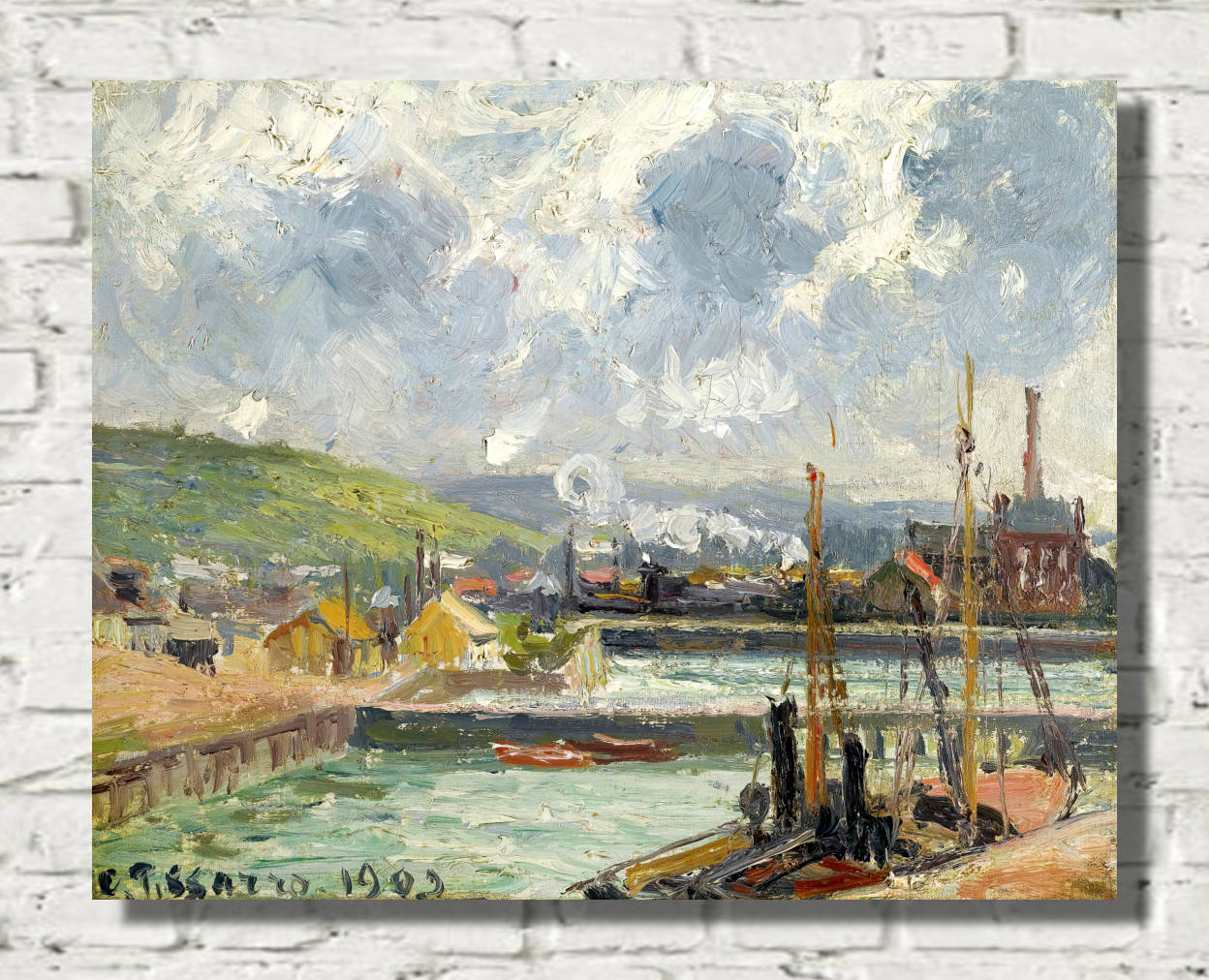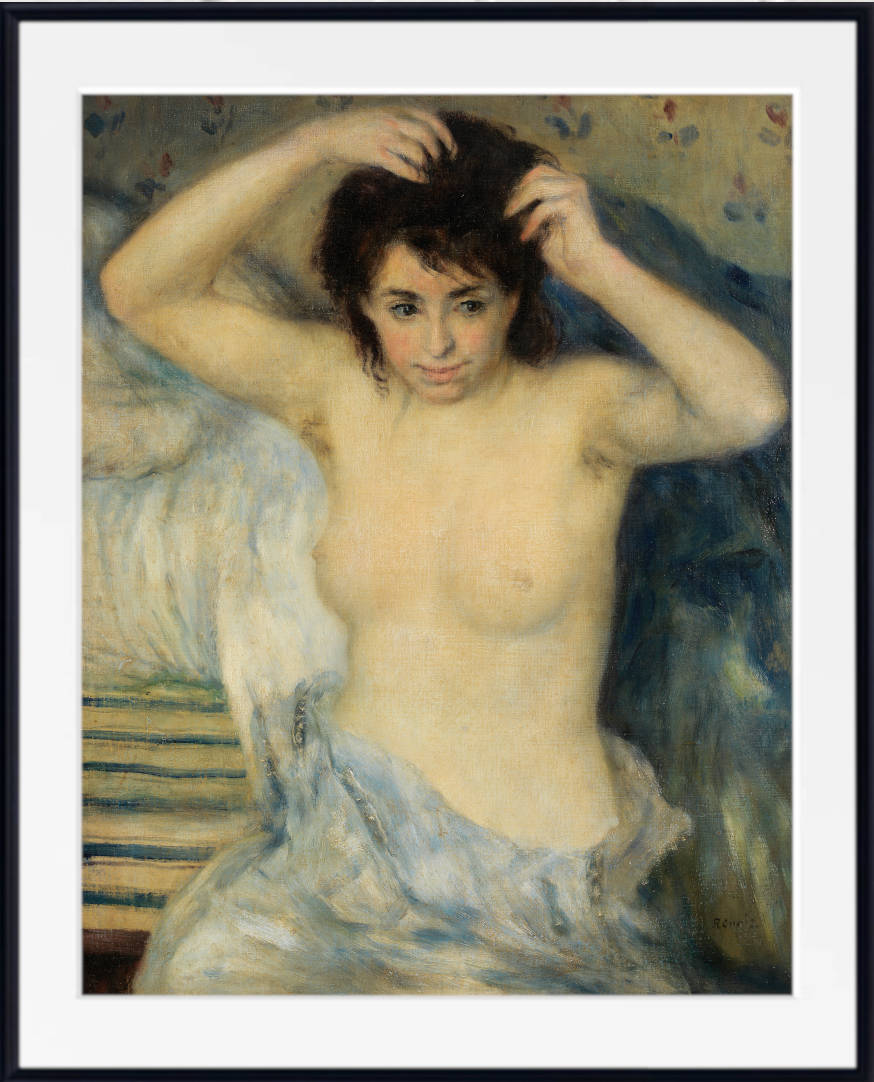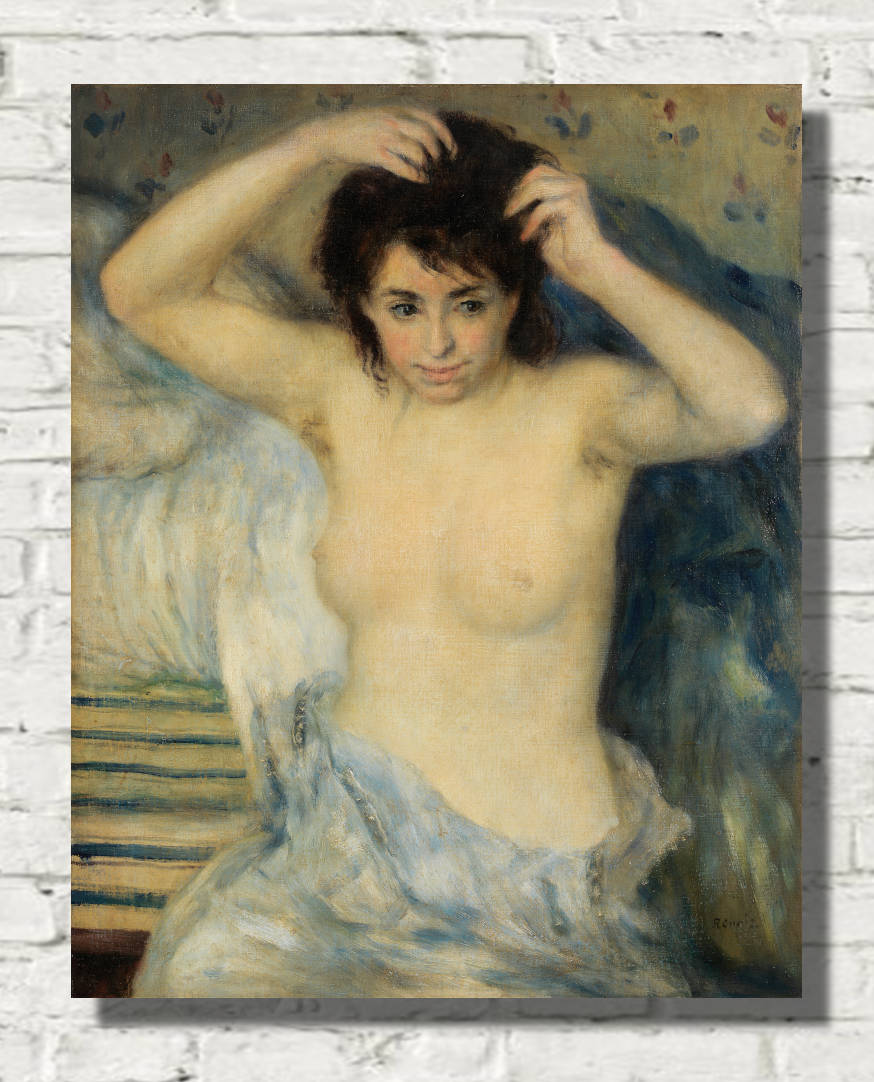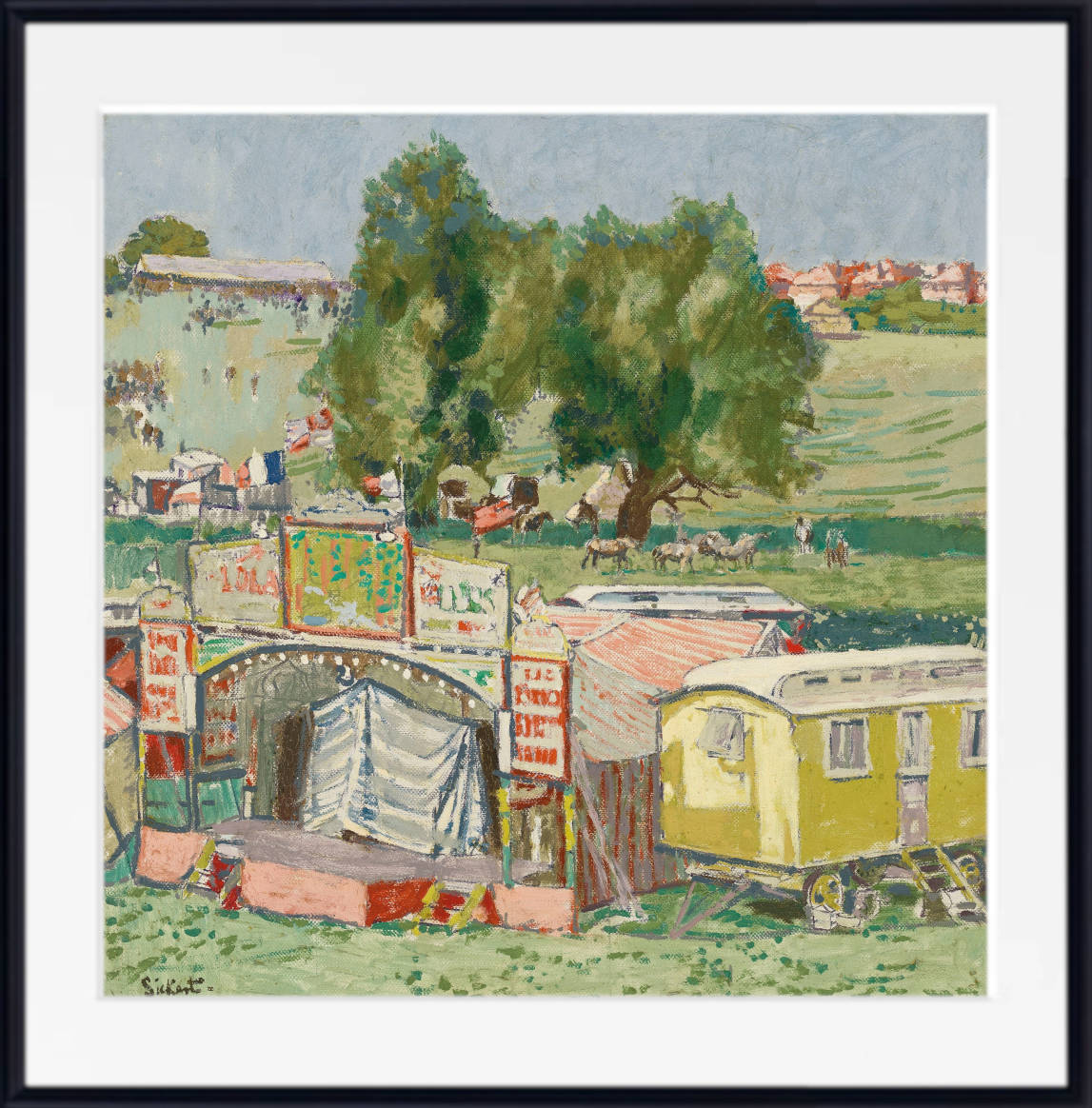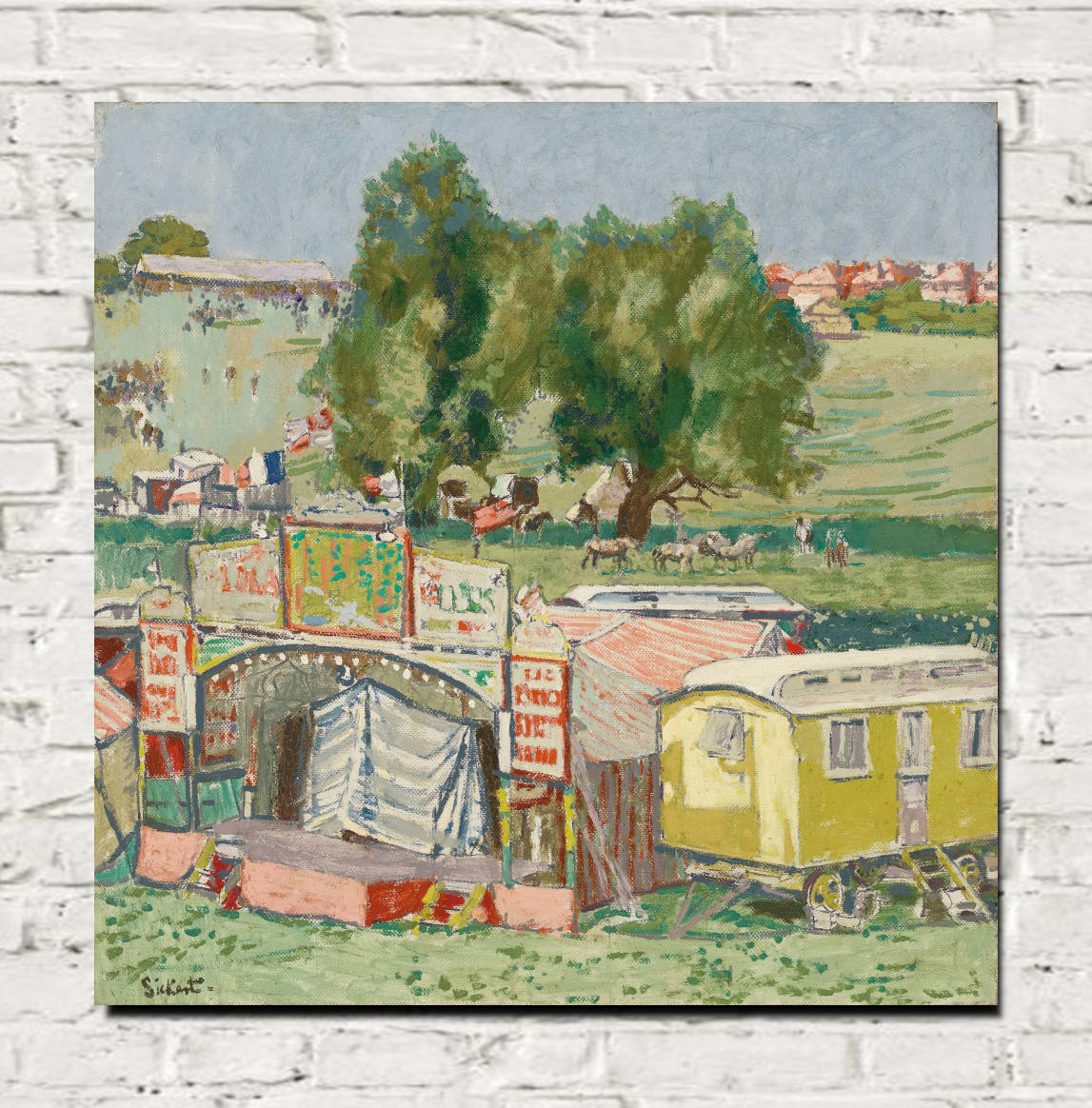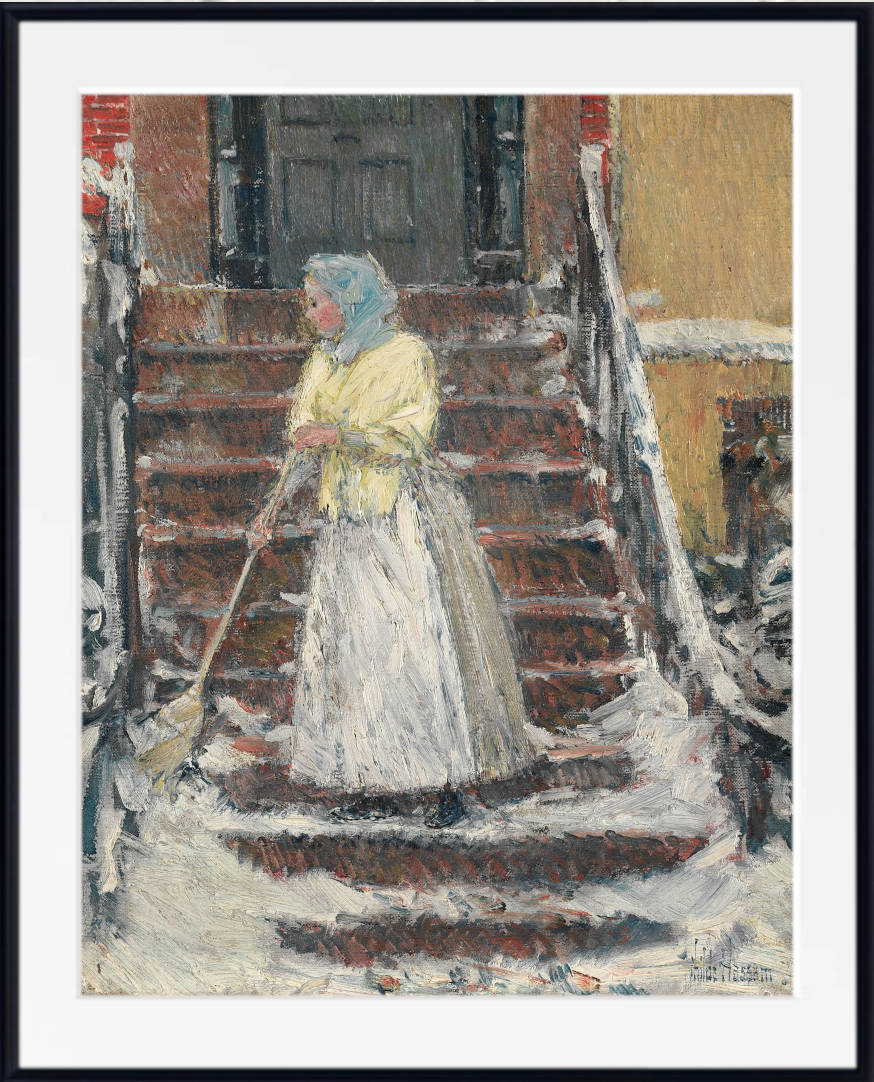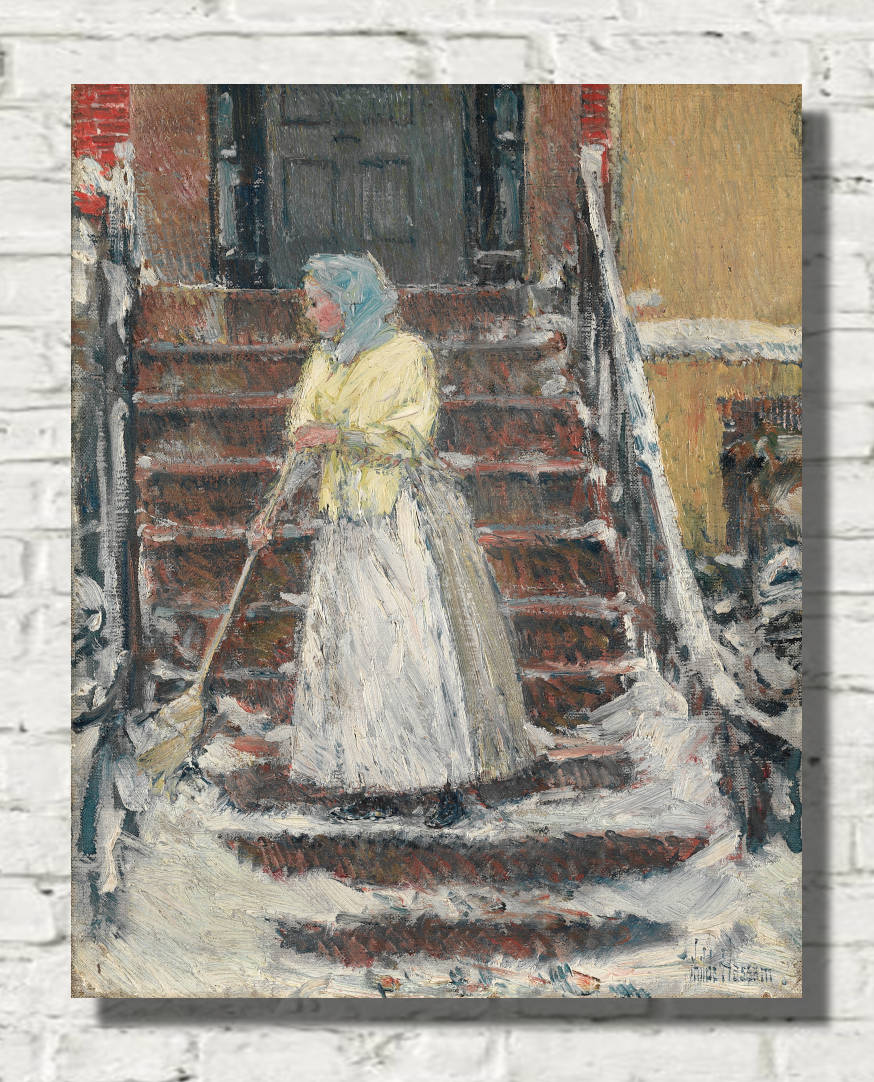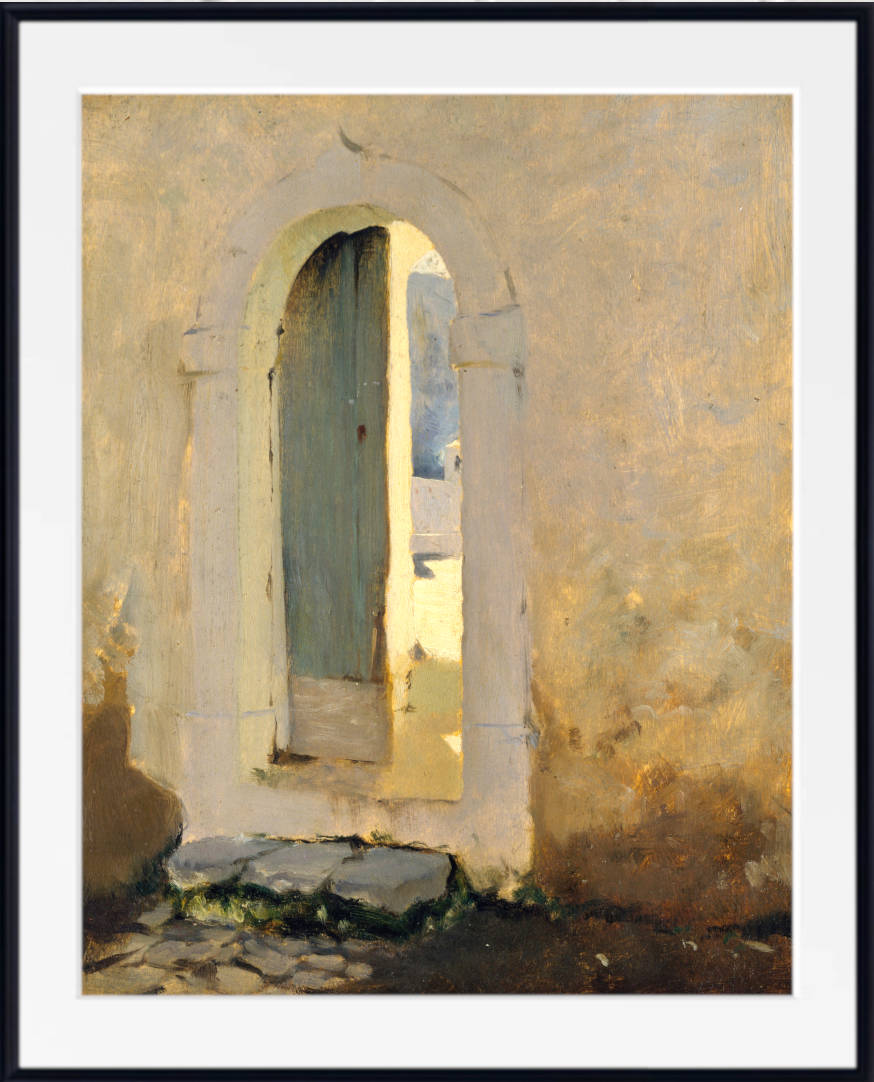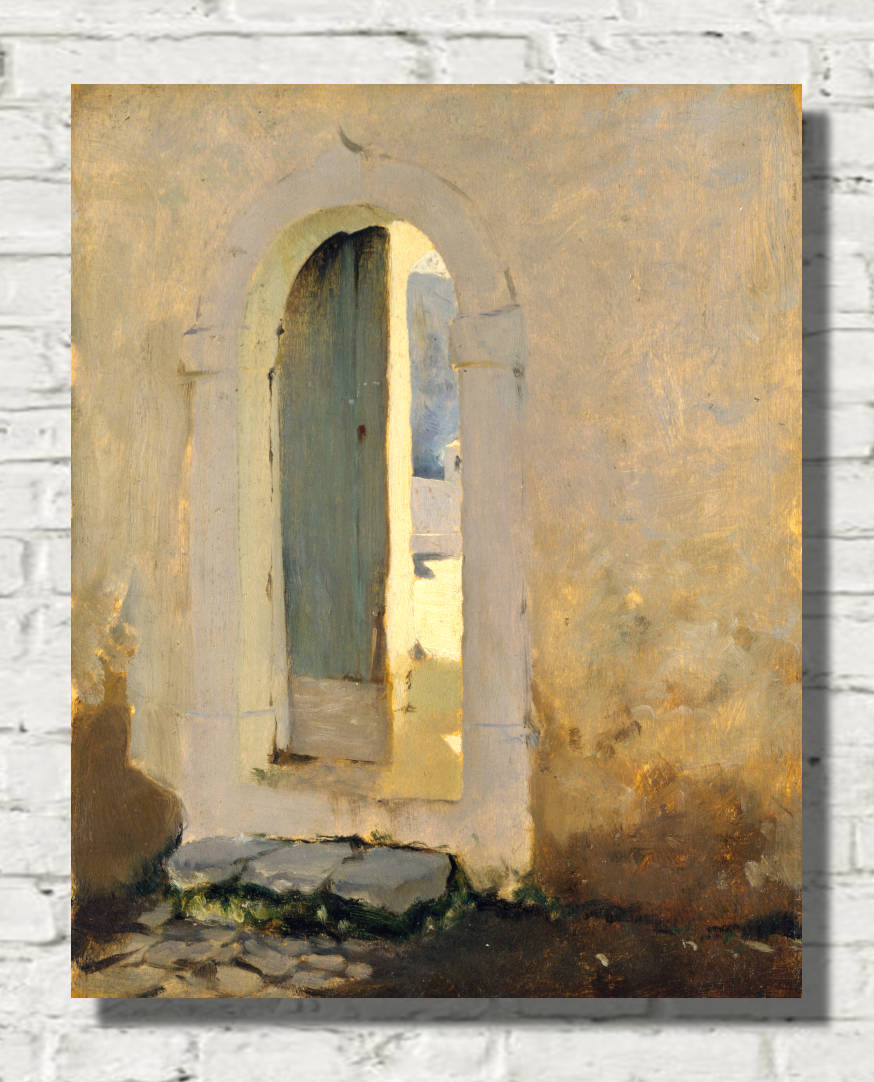Table of Contents:[hide]
Impressionism, one of the most influential movements in art history, revolutionized the way artists depicted the world. Its focus on capturing fleeting moments and the effects of light and color resulted in some of the most memorable and evocative works in Western art. Among these, portraits and figurative paintings stand out as intimate glimpses into the lives and emotions of their subjects. Below, we explore ten of the greatest Impressionist portraits and figurative works, blending detailed descriptions with thoughtful analysis.
The 10 Greatest Impressionist Portrait and Figurative Paintings
| # | Painting Title | Artist | Year | Description |
|---|---|---|---|---|
| 1 | Woman with a Parasol - Madame Monet and Her Son | Claude Monet | 1875 | Depicts Monet’s wife, Camille, and their son, Jean, in a windswept field. The painting’s movement, luminous sky, and Impressionist brushstrokes capture light, atmosphere, and intimacy. |
| 2 | Luncheon of the Boating Party | Pierre-Auguste Renoir | 1881 | A vibrant social gathering by the Seine, filled with warmth and light. Renoir masterfully conveys relationships and leisure through dynamic brushwork and color. |
| 3 | The Ballet Class | Edgar Degas | 1874 | A behind-the-scenes glimpse of ballet dancers training under an instructor. The asymmetrical composition and soft brushstrokes emphasize realism and spontaneity. |
| 4 | In the Conservatory | Édouard Manet | 1879 | A portrait of a couple seated amid lush greenery, exploring themes of intimacy and societal roles. Manet’s subdued palette and attention to human psychology create depth. |
| 5 | The Child’s Bath | Mary Cassatt | 1893 | A tender scene of a mother bathing her child, inspired by Japanese prints. The flattened perspective and warm color palette highlight maternal love and intimacy. |
| 6 | The Dance Class | Edgar Degas | 1874 | Another ballet-themed work capturing dancers at rest and in training. The diagonal composition and interplay of light add depth and emotion. |
| 7 | A Bar at the Folies-Bergère | Édouard Manet | 1882 | A complex exploration of perspective and modernity, featuring a barmaid’s detached expression contrasted against a lively mirrored reflection. |
| 8 | La Loge | Pierre-Auguste Renoir | 1874 | A glimpse into high society, featuring a fashionable woman at the theater. Renoir’s mastery of texture and light critiques social dynamics. |
| 9 | Little Girl in a Blue Armchair | Mary Cassatt | 1878 | A relaxed, intimate depiction of childhood, using soft impressionistic brushwork and an enclosed composition to emphasize the girl’s smallness. |
| 10 | Self-Portrait with a Straw Hat | Vincent van Gogh | 1887 | A vibrant self-portrait with energetic brushstrokes reflecting van Gogh’s emotional intensity and Impressionist influences. |
1. "Woman with a Parasol - Madame Monet and Her Son" (1875) by Claude Monet
This iconic painting showcases Claude Monet’s wife, Camille, and their young son, Jean, in a windswept field, encapsulating the transient beauty of a moment in time. Camille’s flowing dress and the rippling grass convey a sense of movement, while the upward perspective elevates her figure against a luminous, cloud-streaked sky. Monet’s dynamic brushstrokes create a shimmering effect, capturing the interplay of sunlight and shadow on her face and parasol. This radiant depiction of familial love highlights Impressionism’s emphasis on light and atmosphere, inviting viewers to share in the joy and spontaneity of the scene.
Monet’s innovative composition further enhances the painting’s emotional resonance. The tilted angle suggests the perspective of a child looking up, adding intimacy to the scene. Through short, textured strokes, Monet evokes the gentle rustle of wind and the vibrant energy of the outdoors, making this work a quintessential example of Impressionist mastery.
2. "Luncheon of the Boating Party" (1881) by Pierre-Auguste Renoir
This masterpiece by Pierre-Auguste Renoir captures the vibrancy of a social gathering on a sunny afternoon by the Seine. Friends and acquaintances dine, drink, and converse, each figure rendered with distinct personality and character. Renoir’s soft, glowing palette infuses the scene with warmth and intimacy, drawing the viewer into this idyllic moment. The interplay of light and texture—from the dappled sunlight filtering through the awning to the delicate sheen on the wine glasses—adds a sense of immediacy and realism.
What sets this painting apart is Renoir’s ability to convey the dynamic relationships among his subjects. Each person’s posture and expression hint at unspoken interactions, creating a rich narrative tapestry. The artist’s fluid brushwork and vibrant use of color celebrate the pleasures of leisure and human connection, making this work a hallmark of Impressionist figurative art.
3. "The Ballet Class" (1874) by Edgar Degas
In "The Ballet Class," Edgar Degas provides a behind-the-scenes glimpse into the world of ballet, capturing the rigor and grace of dancers under the watchful eye of their instructor. The asymmetrical composition—with dancers stretching, practicing, and waiting—conveys the spontaneity of a moment frozen in time. Degas’s muted tones and soft, feathery brushstrokes evoke the subdued lighting of the studio, enhancing the scene’s realism.
The cropping of the image—a hallmark of Degas’s style—creates a snapshot-like effect, drawing the viewer’s eye across the room and into the lives of the dancers. This unconventional framing, combined with the subtle interplay of light and shadow, reflects the duality of ballet: its ethereal beauty and the relentless discipline required behind the scenes. Degas’s focus on everyday moments and his innovative approach to composition make this painting a standout in the Impressionist canon.
4. "In the Conservatory" (1879) by Édouard Manet
Édouard Manet’s "In the Conservatory" presents an elegant portrait of a couple seated amidst lush greenery, exploring themes of intimacy and societal roles. The subdued palette—with its earthy tones and soft highlights—emphasizes the elegance of the setting while drawing attention to the psychological depth of the subjects. The woman’s poised expression and delicately clasped hands contrast with the man’s relaxed posture, hinting at an intriguing interplay of emotions.
Manet’s use of light and shadow enhances the painting’s three-dimensionality, creating a sense of depth and texture. The conservatory itself—a space associated with refinement and leisure—provides a fitting backdrop for this nuanced study of human interaction. By blending Impressionist techniques with his realist roots, Manet captures both the immediacy of the moment and the timeless complexity of relationships.
5. "The Child’s Bath" (1893) by Mary Cassatt
Mary Cassatt’s "The Child’s Bath" epitomizes her exploration of maternal love and the intimate moments of daily life. This tender scene depicts a mother bathing her child, their figures framed by bold patterns and flattened perspectives inspired by Japanese prints. Cassatt’s meticulous attention to detail is evident in the contrasting textures of the mother’s dress, the child’s skin, and the water in the basin.
The composition’s intimacy is enhanced by the gentle curve of the mother’s arm, guiding the viewer’s gaze toward the child. Cassatt’s warm, harmonious color palette evokes a sense of comfort and serenity, reinforcing the emotional connection between the figures. By focusing on universal themes of care and nurture, Cassatt elevates an ordinary domestic moment into a work of profound artistic and emotional depth.
6. "The Dance Class" (1874) by Edgar Degas
Another ballet-themed masterpiece by Edgar Degas, "The Dance Class" captures the rigorous training and quiet moments of rest experienced by dancers. The diagonal lines of the composition create a dynamic sense of space, leading the viewer’s eye across the room. Degas’s attention to detail—from the textures of the tutus to the subtle expressions on the dancers’ faces—imbues the scene with both realism and grace.
The interplay of natural and artificial light adds depth and warmth to the painting, while the varied poses and gestures of the dancers suggest individual stories. By blending the elegance of ballet with the realism of daily effort, Degas creates a poignant and enduring depiction of the human spirit.
7. "A Bar at the Folies-Bergère" (1882) by Édouard Manet
Manet’s "A Bar at the Folies-Bergère" is a masterful exploration of perspective, emotion, and modernity. The barmaid’s expression—a mixture of detachment and melancholy—contrasts with the lively crowd reflected in the mirror behind her. This complex composition challenges the viewer’s perception of space and reality, as the reflections and details offer multiple layers of interpretation.
The subtle play of light on the barmaid’s face, the bottles, and the countertop adds to the painting’s realism. By capturing the tension between public performance and private emotion, Manet creates a thought-provoking work that continues to captivate audiences.
8. "La Loge" (1874) by Pierre-Auguste Renoir
Renoir’s "La Loge" depicts a fashionable couple at the theater, offering a glimpse into the performative nature of high society. The woman’s elaborate attire and confident gaze contrast with her companion’s subdued appearance, emphasizing her prominence in the scene. Renoir’s mastery of texture is evident in the intricate rendering of fabrics, jewelry, and the delicate play of light.
The intimate setting of the theater box invites the viewer to share in this moment of spectacle and observation. By highlighting the contrast between appearance and reality, Renoir subtly critiques the social dynamics of his time, making "La Loge" both visually stunning and thematically rich.
9. "Little Girl in a Blue Armchair" (1888) by Mary Cassatt
Mary Cassatt’s Little Girl in a Blue Armchair (1878) captures a moment of childhood leisure with striking realism and impressionistic light. The young girl, dressed in a pale dress, lounges in an oversized blue armchair, her posture relaxed and unguarded. The arrangement of plush chairs creates a sense of depth and enclosure, emphasizing the child’s smallness. Cassatt’s loose brushwork and soft color palette, influenced by Degas, imbue the scene with intimacy, spontaneity, and a subtle psychological depth.
10. "Self-Portrait with a Straw Hat" (1887) by Vincent van Gogh
While Vincent van Gogh is often associated with Post-Impressionism, his "Self-Portrait with a Straw Hat" reflects the influence of Impressionist techniques. The vibrant colors and energetic brushstrokes capture van Gogh’s emotional intensity and innovative vision. His piercing gaze and confident posture convey both vulnerability and strength, offering a glimpse into the artist’s complex psyche.
The textured background, created with bold, swirling strokes, contrasts with the finely detailed rendering of van Gogh’s features. This interplay of detail and dynamism makes the portrait a compelling study of self-expression and artistic identity.
Conclusion
These ten masterpieces exemplify the transformative power of Impressionist portraiture and figurative art. Through their innovative techniques and emotional depth, these paintings continue to captivate audiences and inspire artists worldwide.
References
-
Denvir, Bernard. The Thames and Hudson Encyclopaedia of Impressionism. Thames & Hudson, 1991.
-
Rewald, John. The History of Impressionism. Museum of Modern Art, 1973.
-
House, John. Impressionism: Paint and Politics. Yale University Press, 2004.
-
Callen, Anthea. Techniques of the Impressionists. Chartwell Books, 1982.
-
Groom, Gloria. Impressionism, Fashion, and Modernity. Art Institute of Chicago, 2012.
-
Distel, Anne. Renoir: A Celebration of Beauty. Flammarion, 2010.
-
Dorra, Henri. Symbolist Art Theories: A Critical Anthology. University of California Press, 1994.
-
Thompson, Richard. Monet and the Birth of Impressionism. Prestel, 2015.

